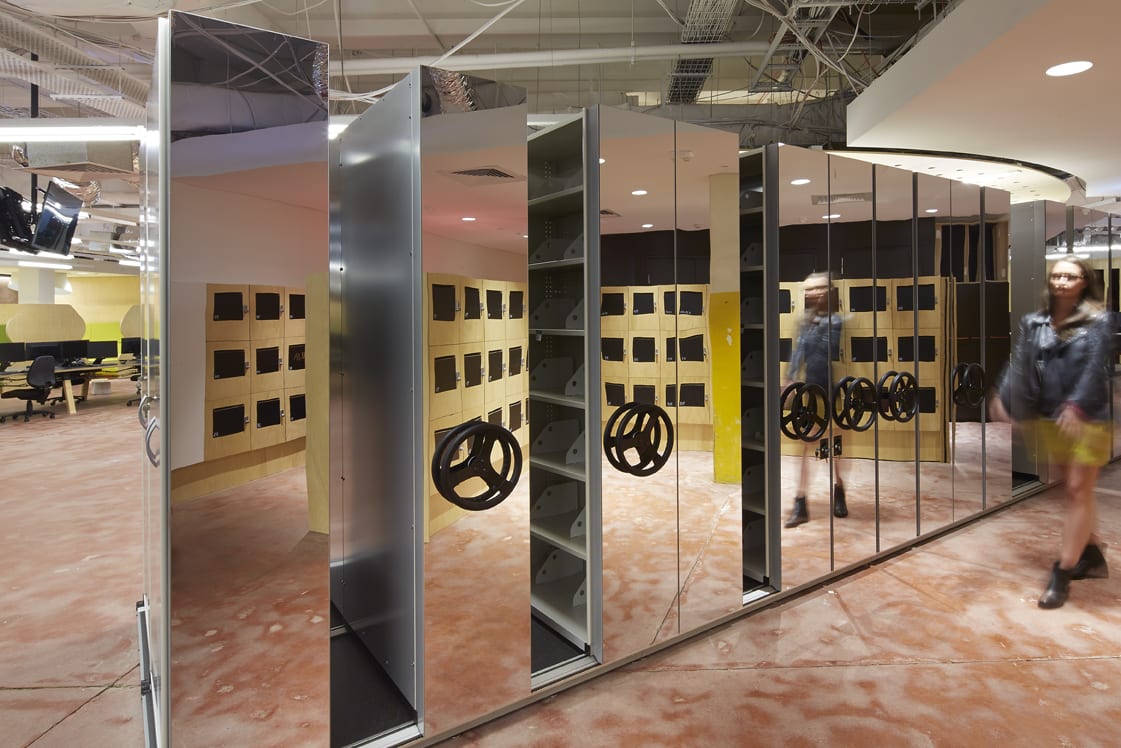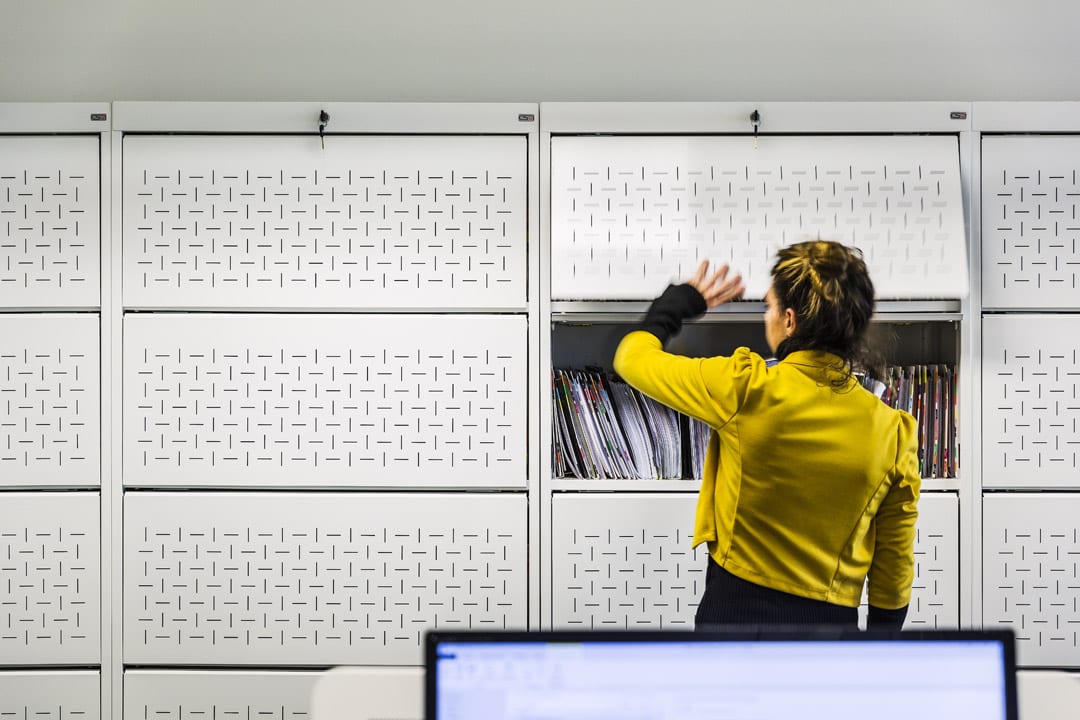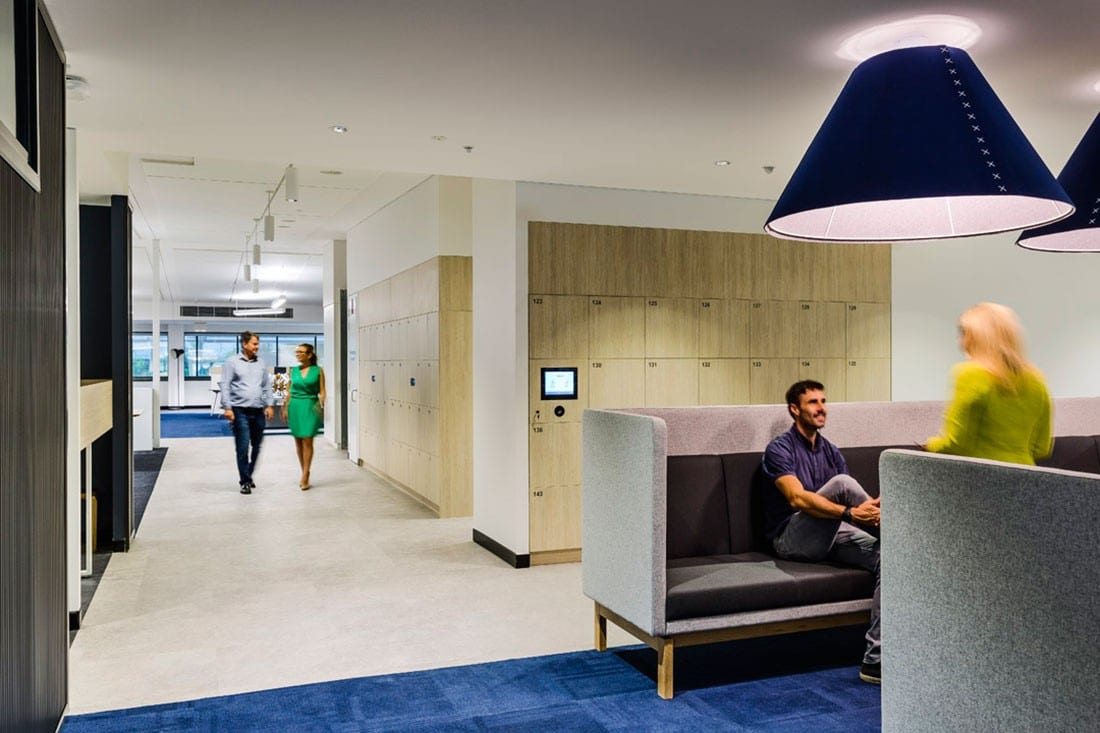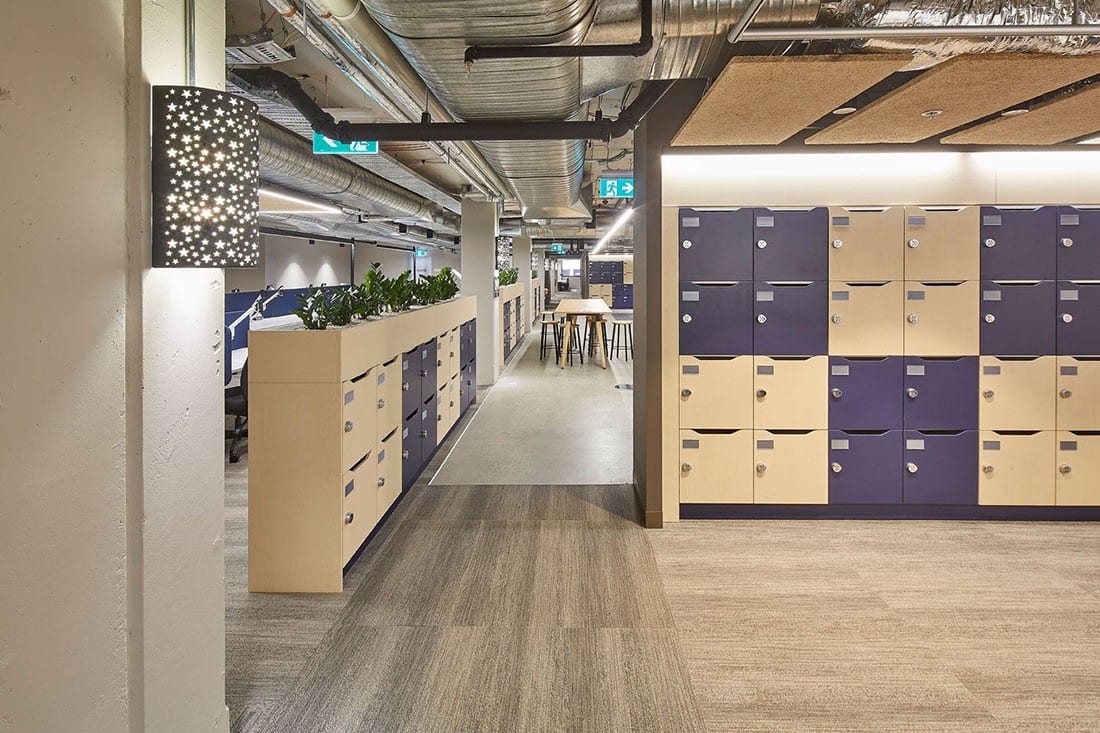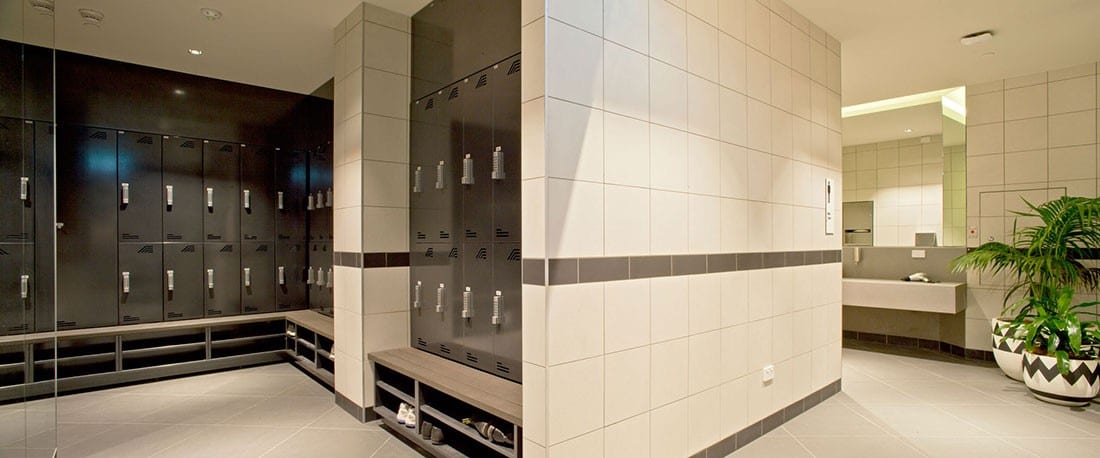How do you design a campus that encourages students and staff to linger? And how do you foster a sense of connection in a vertical tower block?
As anyone in the A+D world that works in education will attest, one of today’s biggest challenges is creating the highly sought-after ‘Sticky Campus’ – a campus where students actually want to spend time. Not just through spaces that are more visually lively than the formal institutions of old, although this is important, but by designing environments that encourage interaction and collaboration. Because when students forge strong bonds with their contemporaries and educators, and have an appealing environment in which to socialise together, they are much more likely to spend time there. Not because they have to but because they want to.
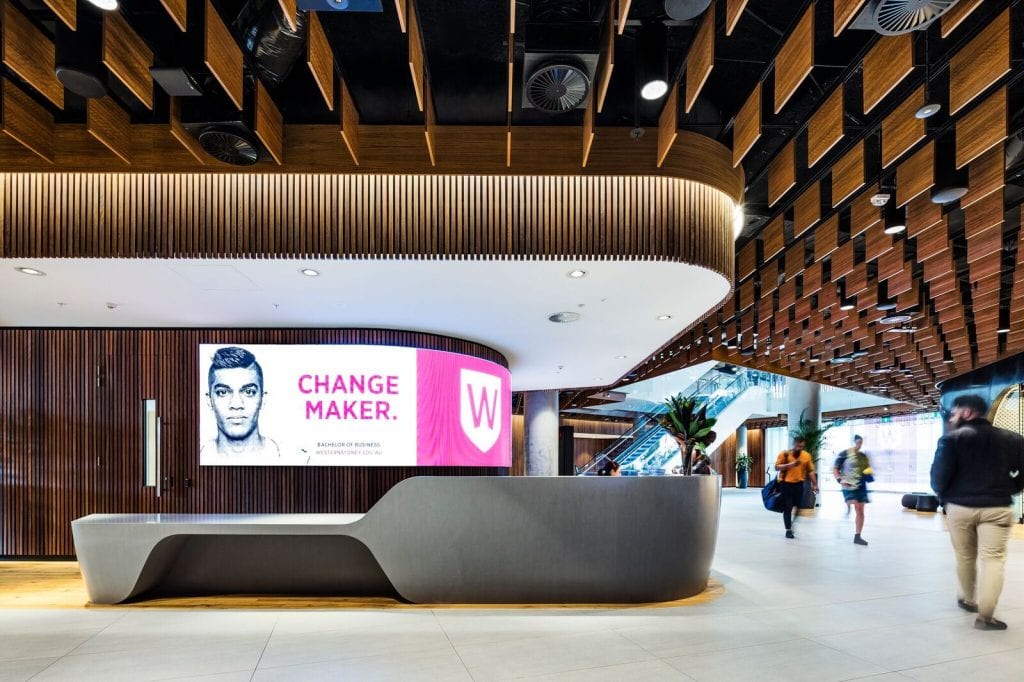
Building Up: Education Reaches New Heights
The new Western Sydney University (WSU) campus in the centre of Parramatta’s CBD is a brilliant exemplar of how this can be achieved. What’s more, the team at Woods Bagot who were tasked with designing the campus, were working within the challenging parameters of a vertical tower block in which the campus would be stacked over several floors; a set-up that is typically inhibitive to connectivity and interaction. So how did they overcome this?
They began by designing the campus around a vast, open central atrium. This completely opened up the space and enhanced the sense of fluidity and community, allowing for greater mobility whilst adding sightlines between floors. The provision of interconnecting stairs and voids encourages collaboration and organic conversation between students, staff and industry. And, as a key element of Woods Bagot’s initial brief was to blur the lines between a traditional commercial office tower and a functional university campus, this was crucial to its success.
“Our vision was to create a campus multidisciplinary in function, innovative in approach and entrepreneurial in spirit. […This meant] creating a unifying, central and flexible vertical campus environment for WSU students via an evidence-based design approach, applying future-focused education principles”. – Woods Bagot Design Team.
Client briefing also led to proposals for a mixed-faculty occupation of the campus building and so, in a departure from the norm, Business, Economics and Engineering faculties are all intertwined. To cater for this, the campus comprises a diverse range of fully flexible spaces that can accommodate multiple learning landscapes and different academic disciplines. As Alan Duffy, Woods Bagot’s regional education sector leader, says: “This allowed us to test the blend between formal and informal learning spaces and the outcome is a flexible, adaptive environment that encourages learning through conversation.”
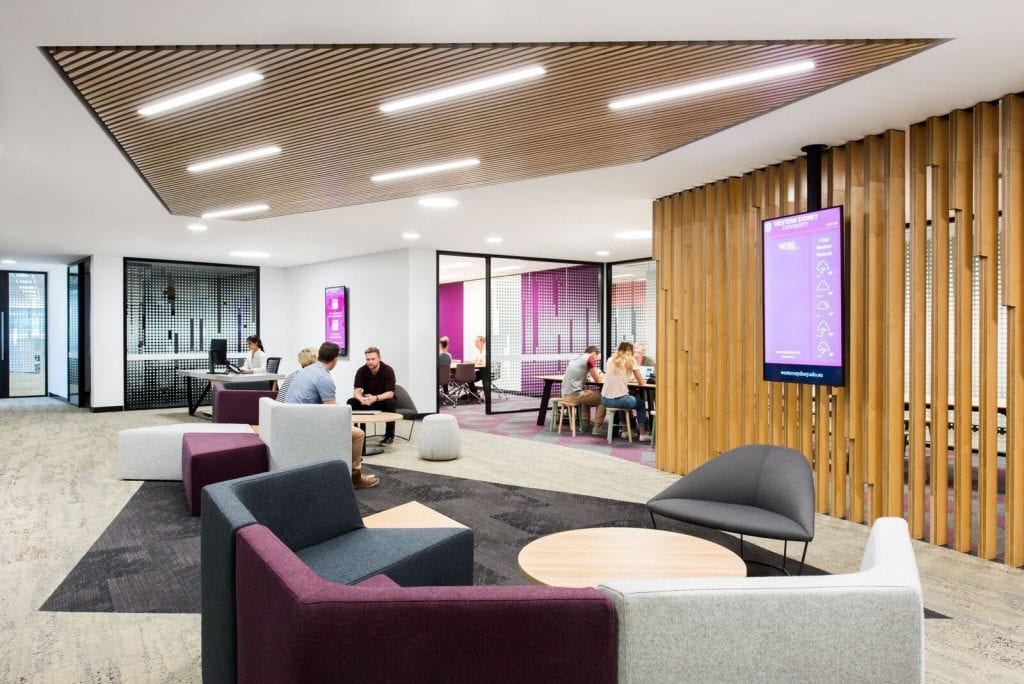
Is This The Direction of Education In The Future?
There are also no lecture theatres in this agile, future-proof campus! Rather, a typical floor features four teaching studios or ‘flipped’ classrooms, which are completely re-configurable. So the lecturer can stand either in the centre of the room or at the front, at a retractable console, whilst the student desks are mobile. To ensure the lecturers felt comfortable with this new environment, however, prototypes were set up at two other campuses over two years.
In the spirit of promoting a greater connection, offices also aren’t enclosed. There are just a few private rooms for student consultation, male and female prayer rooms and women’s and parenting rooms. Even the academics were asked to forego their offices and work instead in an open-plan setting where they have dedicated desks and storage amenities.
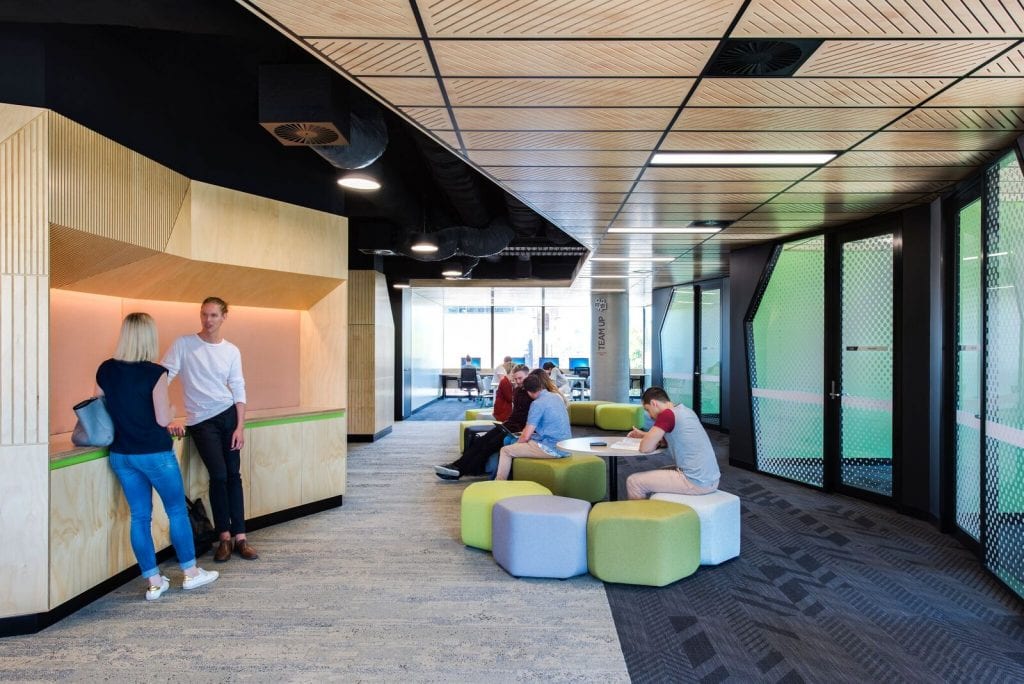
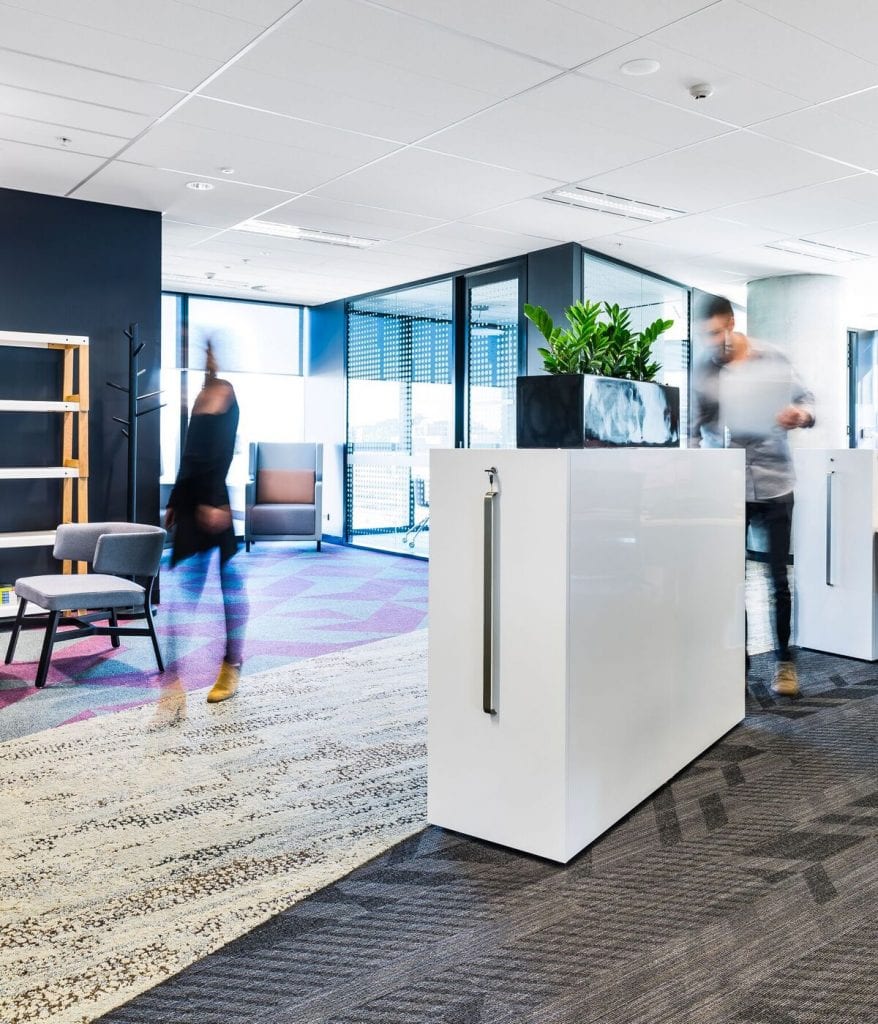
As with every detail in this project, storage has been very carefully considered and the design team called upon Australian company and all-round storage experts CSM Office Furniture Solutions. CSM has been manufacturing high- quality office furnishing and commercial storage systems for 60 years and so were perfectly placed to help. And with ample personal storage space provided for everyone, staff and students are invited to disburden themselves of their belongings and make themselves feel more at home; another subtle feature that encourages people to linger on campus. Across student and faculty spaces, CSM’s vast portfolio of storage and furniture solutions adorns ten separate floors of the reimagined campus. Throughout levels one to ten, the design team’s extensive use of the Infinity Hinge Door Cabinet provides both staff and students adequate and generous options for storage – a much needed element in such extensive and mobile spaces. Whether for storing vital documents and accessories for a large volume of itinerant hot-desking staff and students, or housing the university’s archives, this lockable unit is future-proofed for generations yet to come, being 100% steel and highly resilient to repeat use.
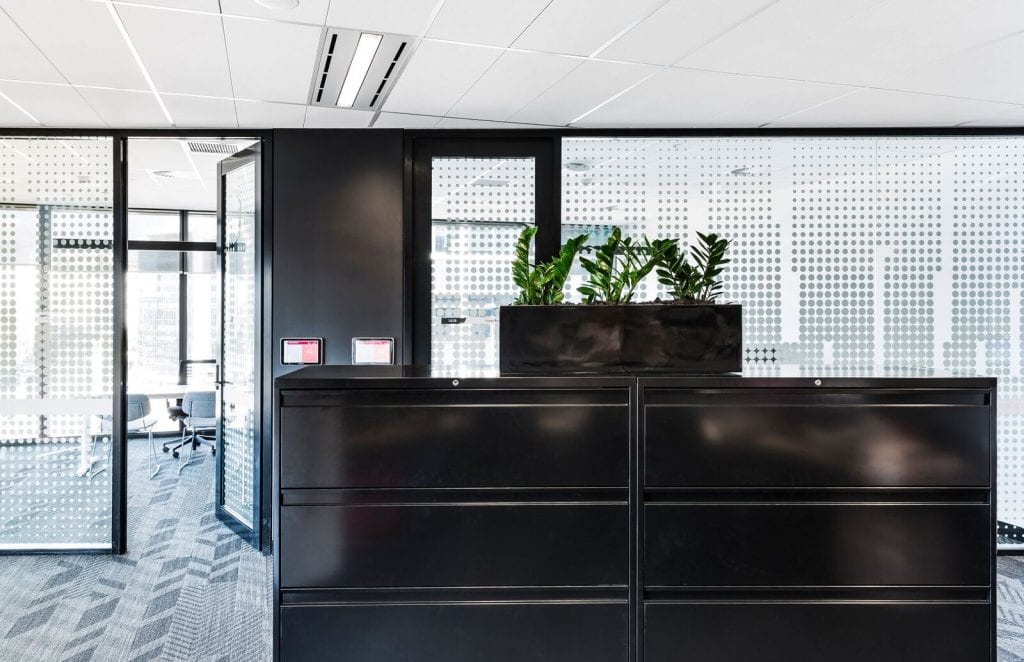
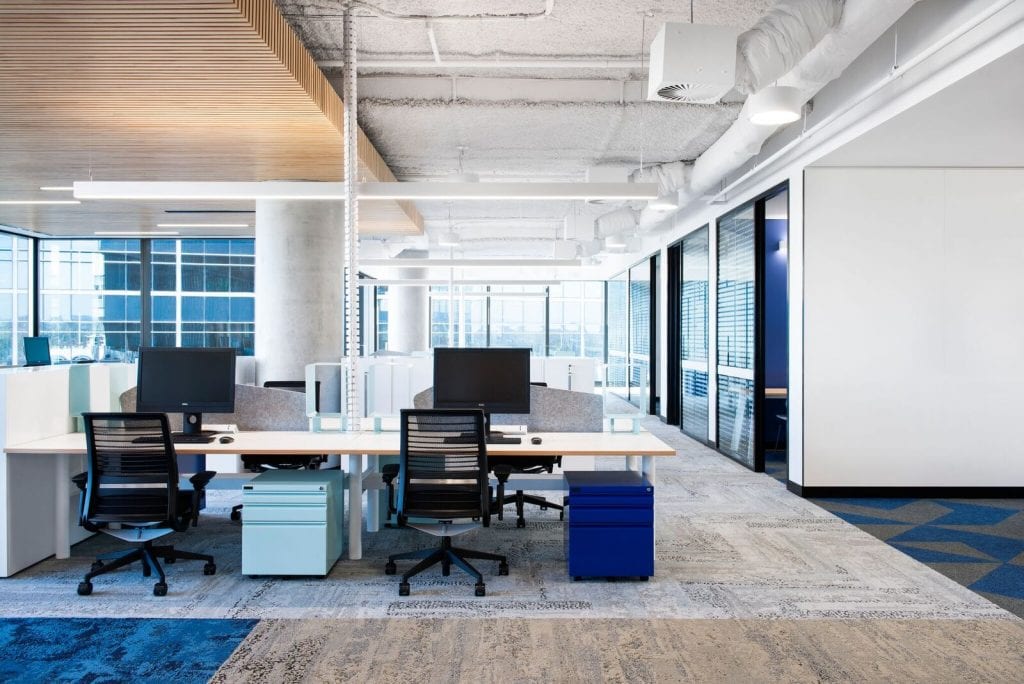
Where desks are no longer merely desks, and education environments are no longer merely just classrooms, personal storage, too, needs to respond to broader design values
Meanwhile, bold visual statements are made through a system of workstation storage: CSM’s Workstation Towers throughout levels eight and ten. With a pearlescent exterior white enamel, these integrated desk storage elements playfully engage with interior and exterior design features. Finished internally in either bright Horizon Blue or Blaze Blue, they’re an inspired design feature that contrasts WSU’s branding, while also passively demarcating spaces for personal storage to free up vital workstation space. Counterproductive desk clutter has magically disappeared, while coupled with Systems Shelving across the same span of storeys, this integrated storage system offers all users a superior and modular solution to economising on space, all the while complementing a variety of different working and educational behaviour requirements. For those more hefty storage requirements, CSM’s Long Span Shelving provides the basement level of the campus maximal clearances and higher efficiencies.
Specifying CSM product was an inspired choice. After all, storage solutions are far more than just simple shelves, units with lock-up exterior and drawers that tend to normally be specified at the tail end of the design process. Rather, here, we see the virtue in integrating storage facility early on in the design intent. After all, such solutions define space and priority – they, that is, demarcate the space of the individual within that of its public. Reducing personal space from an entire campus, in this case, to a small microcosm and its user’s place within it. They are, in essence, the most concrete example in which the extensive totality of one’s life at WSU – education, sociability, and personal growth – is directly accessible. Personal fulfilment made material, as it were. But in this world of blended typologies where desks are no longer merely desks, and education environments are no longer merely just classrooms, personal storage, too, needs to respond to broader design values. No longer relegated to the position of being the last element specified in the design process, CSM’s locking storage solutions are beginning to leave a bold visual and functional statement.
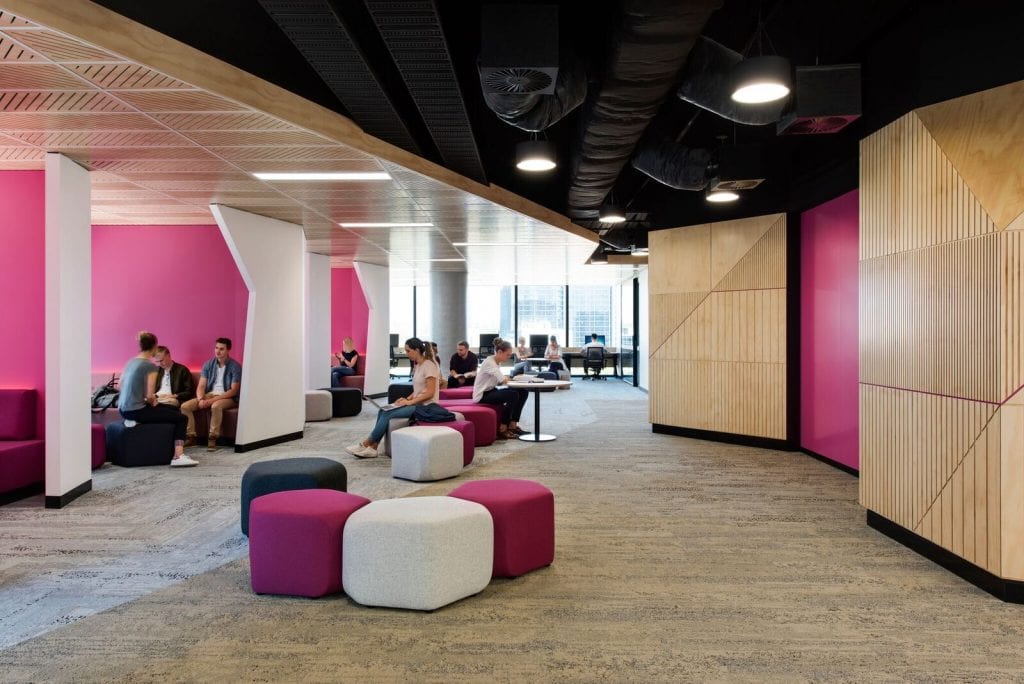
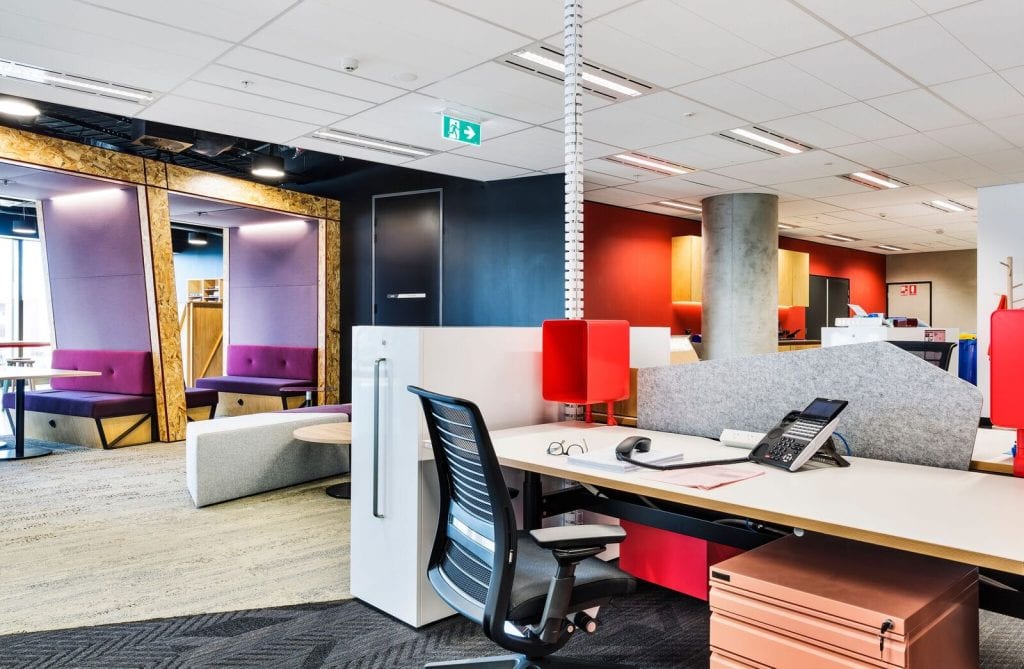
In other words, mission impossible became mission complete.
It’s a deft touch for the design team who at all points attempted to celebrate the diversity of materials and textures across the project. Solid, natural materials have been used to define the formal learning zones, which, in turn, are surrounded by continuous informal and social spaces. This includes breakout zones where comfortable, reconfigurable furniture encourages staff and students to relax and socialise with one another. The social spaces are also enhanced by transparent glazing, which extends across the podium’s entire southern elevation, allowing natural light to pour through and create a visual connection with the outdoors.
A final noteworthy highlight of the new campus, which adds to its tomorrow-proof design, is its assembly of high-tech features. This includes a library, which is largely digital and where wall queuing panels tell students where they are in the queue. There is also a touch screen in the downstairs lobby, which tells them how long they have to wait for their train!
With its prime location in the heart of Parramatta’s CBD, the ground floor of the building has been given over to a commercial lobby as well as retail and hospitality outlets. The upper levels, meanwhile, are home to commercial and government tenants. Thus, the end product is a vertical learning environment that successfully blurs the lines between business and community and between staff and students. It is the ultimate showcase of a blended learning pedagogy in a future-focussed, spatially diverse and student-centred environment.
…Or, in other words, mission impossible became mission complete.
This article is presented by CSM on http://www.indesignlive.com/the-work/vertical-sticky-happened-education-sector-design
For more information on these products contact CSM sales@csm-office.com.au or visit our website https://www.csm-office.com.au/
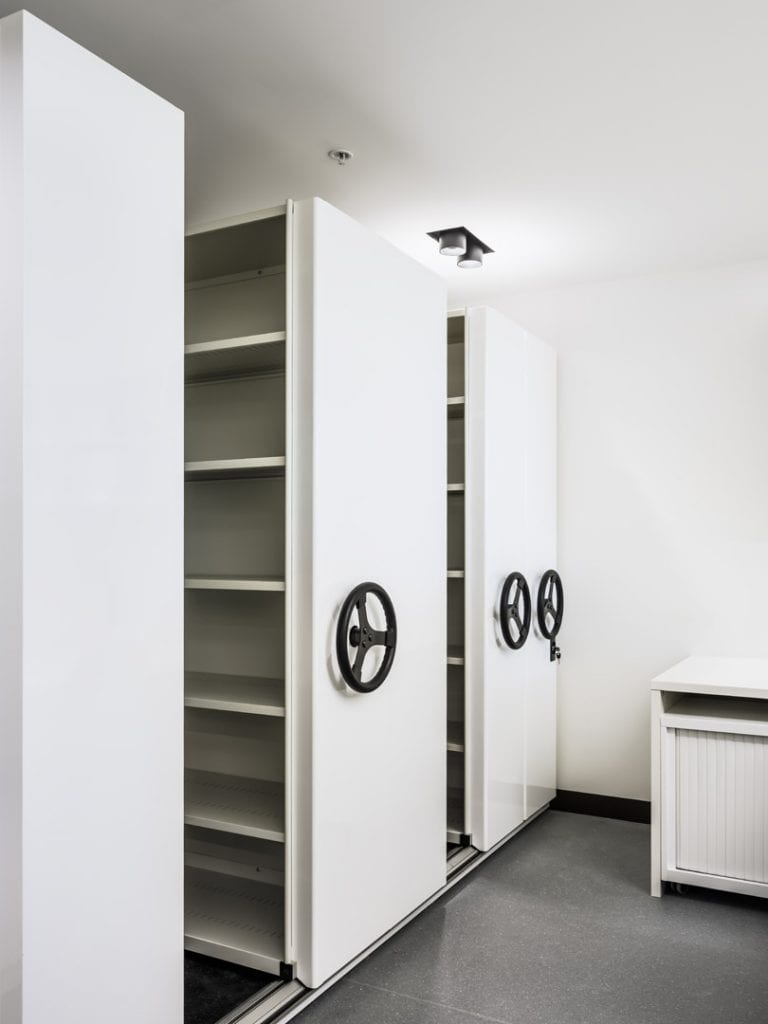
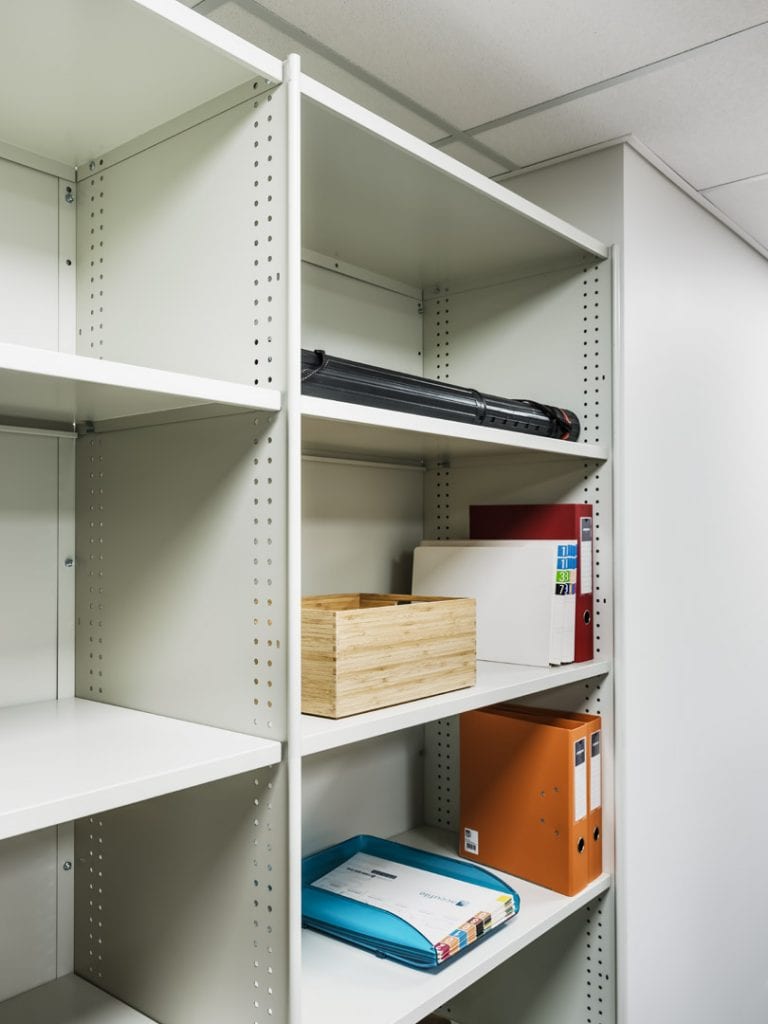
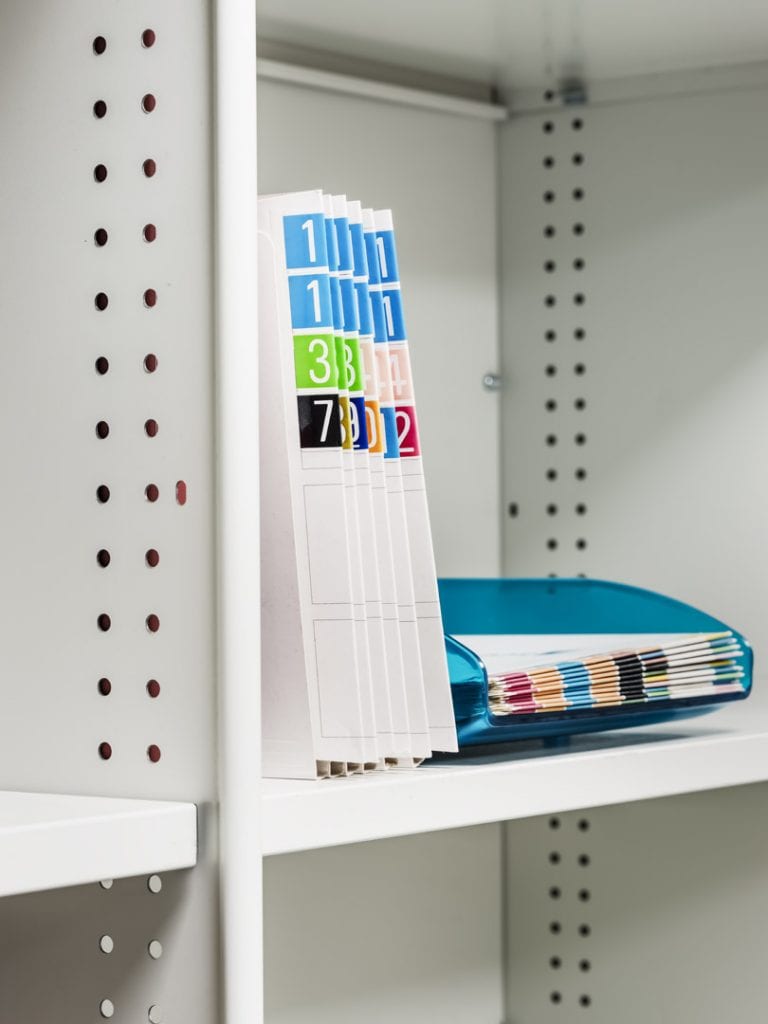
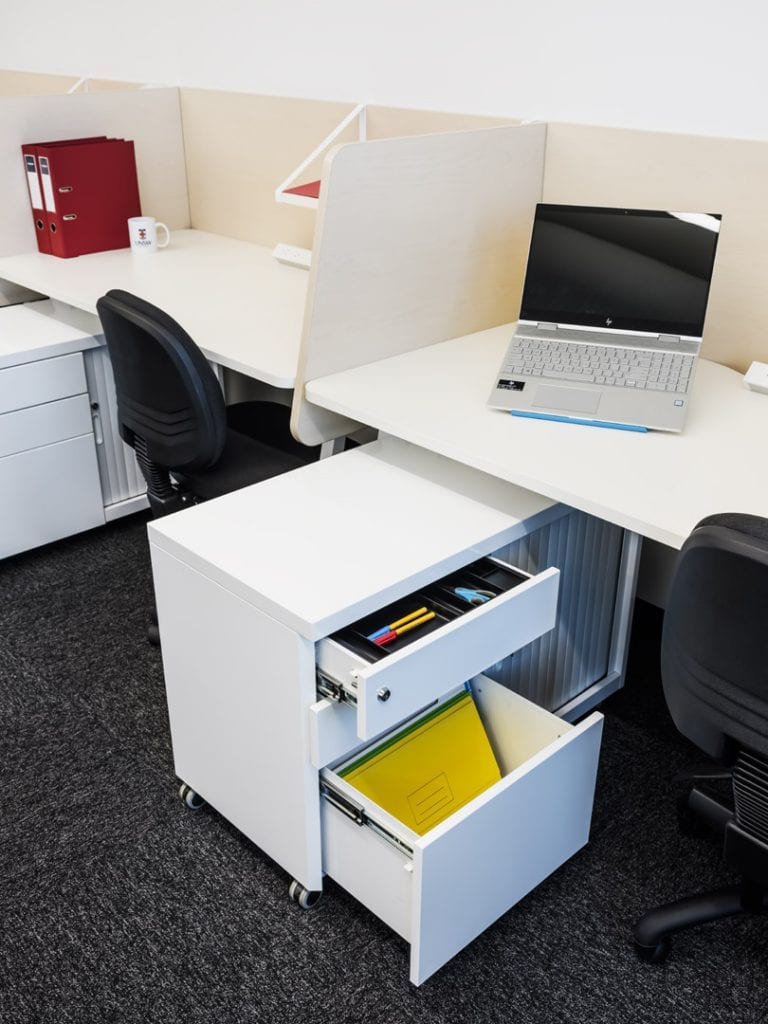
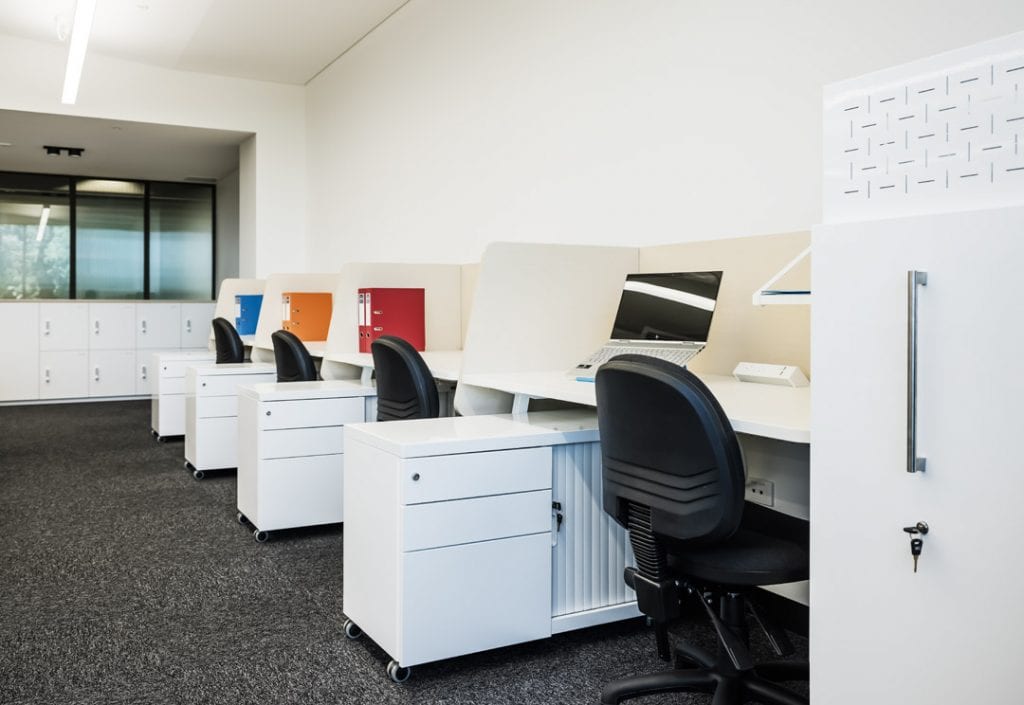
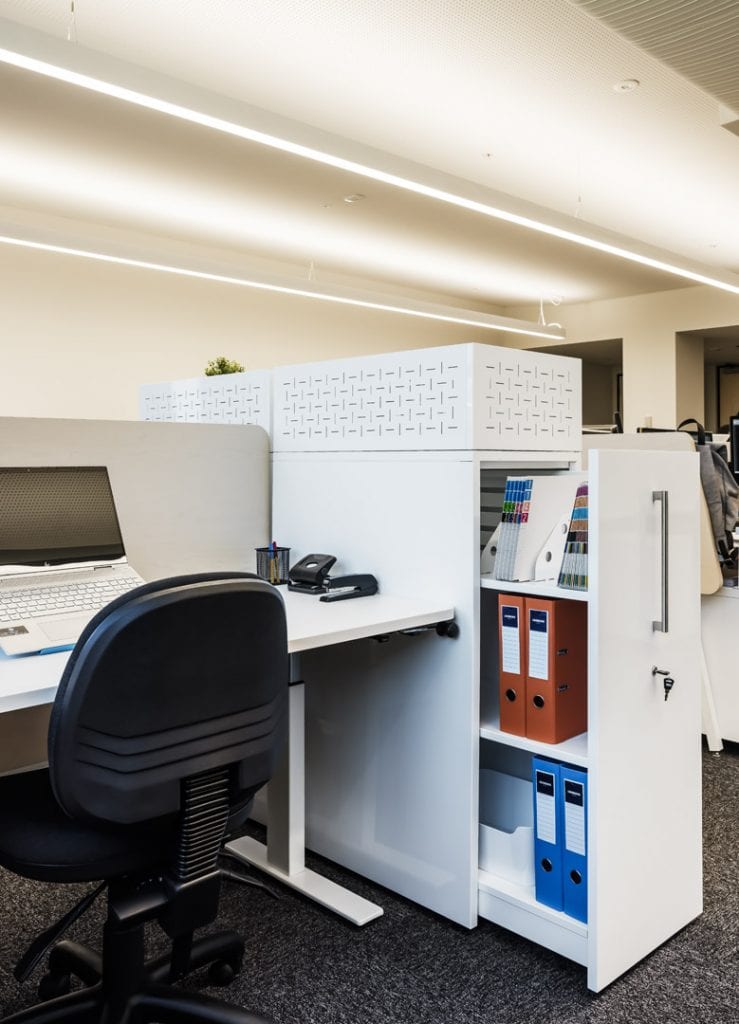
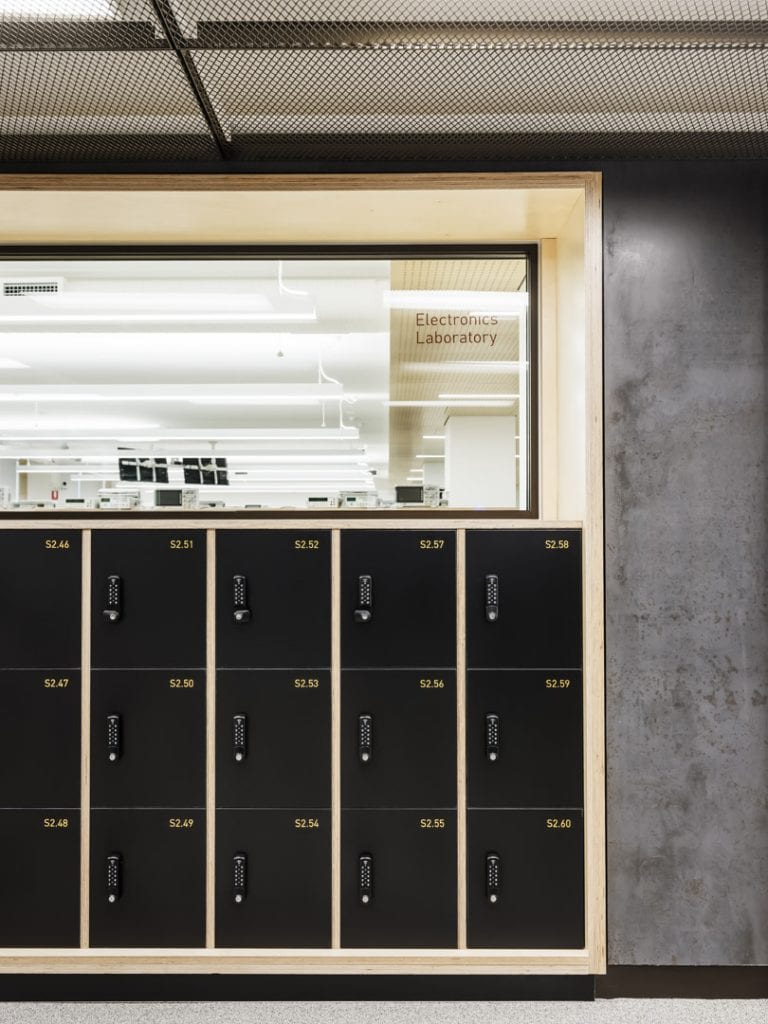
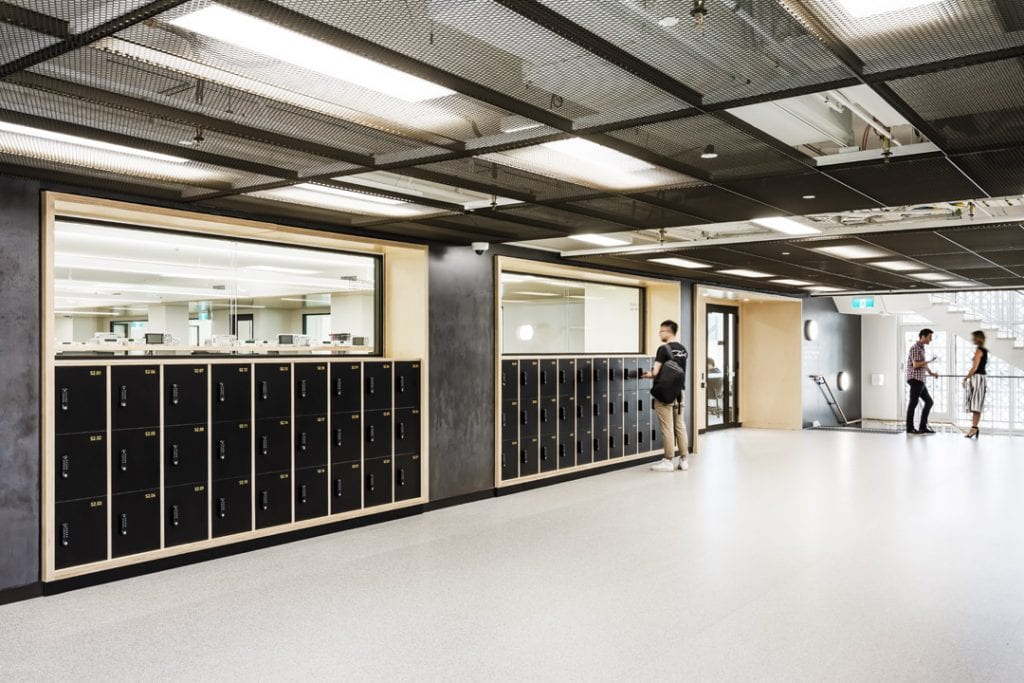

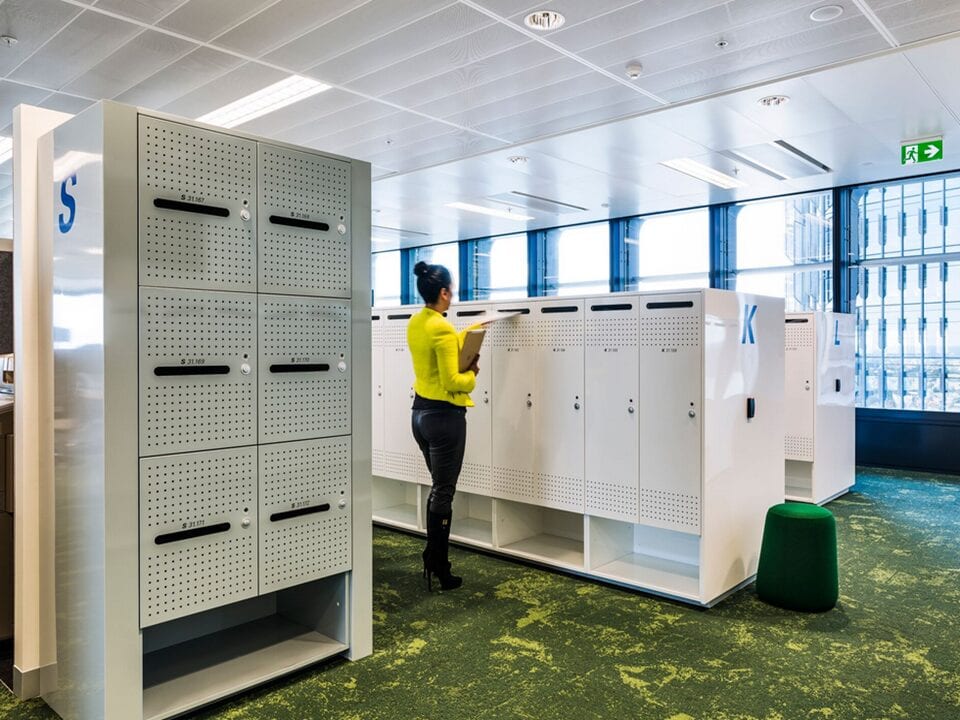
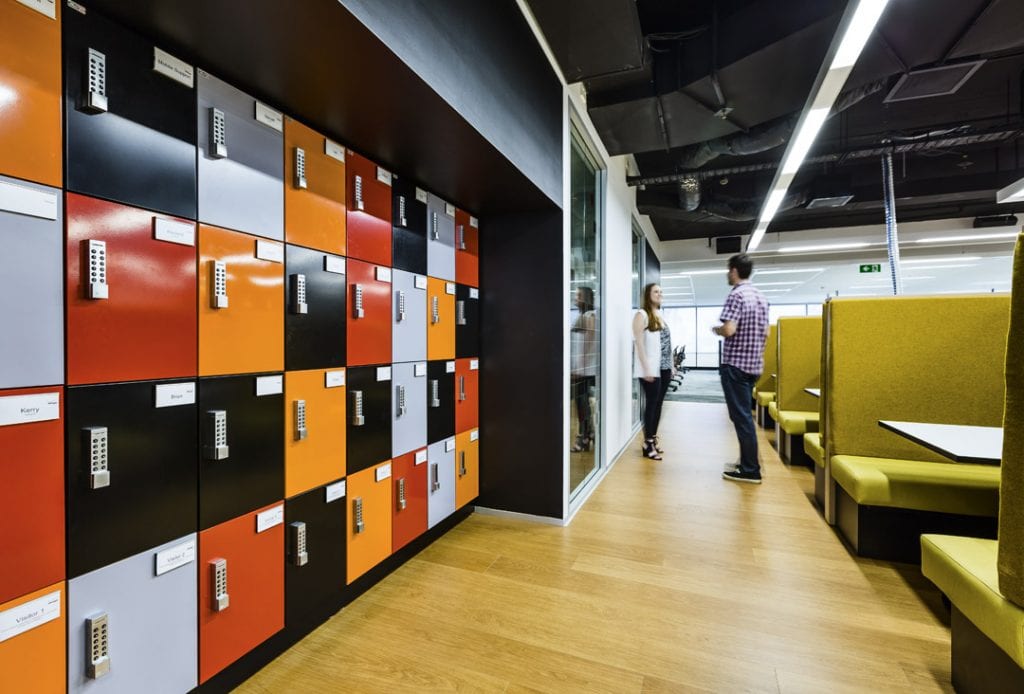
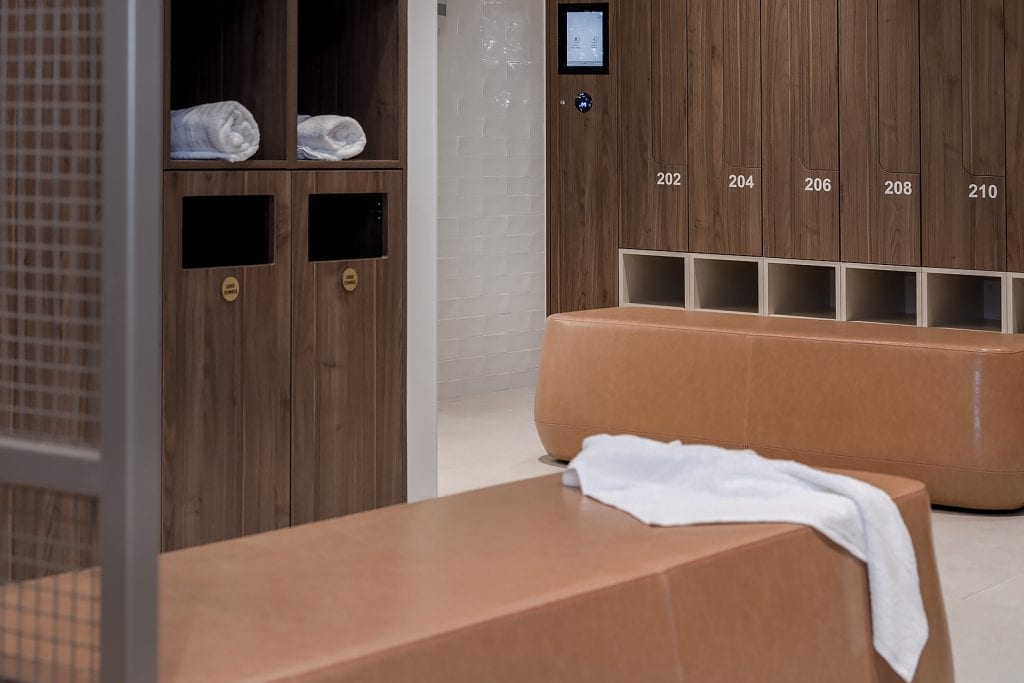
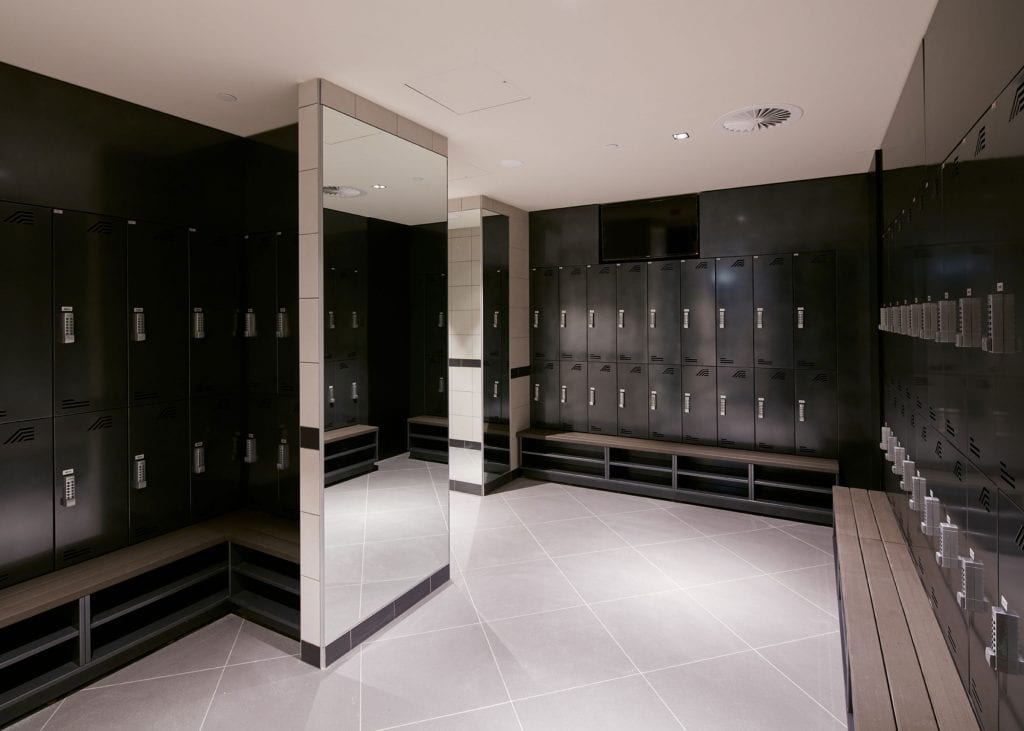
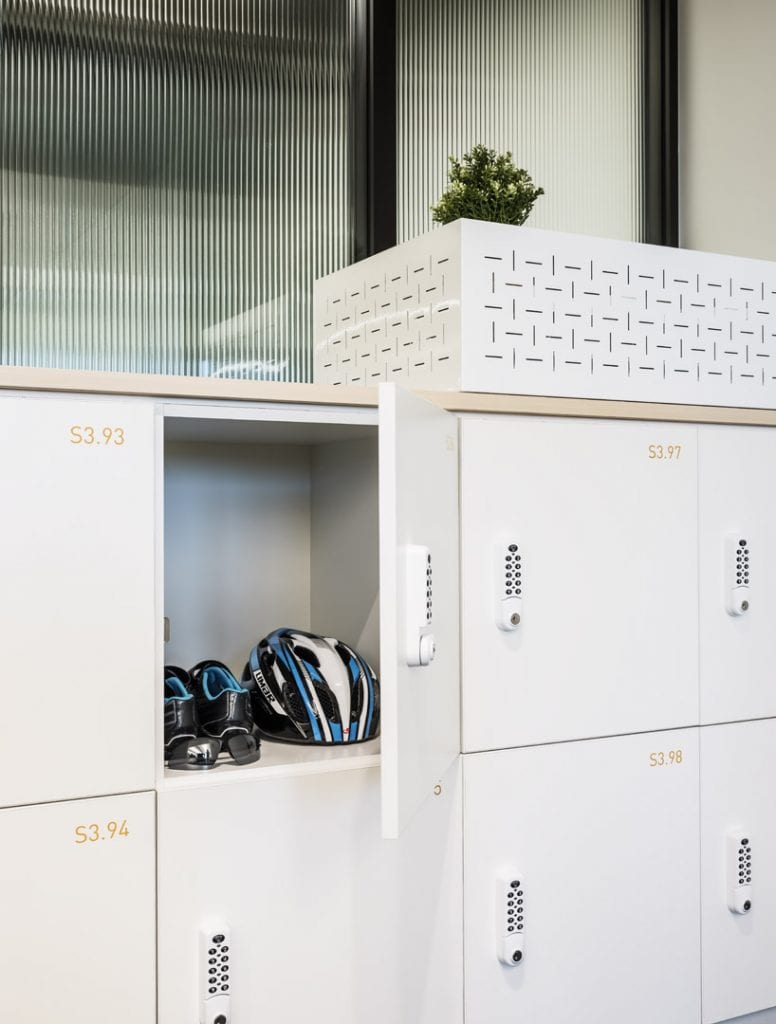
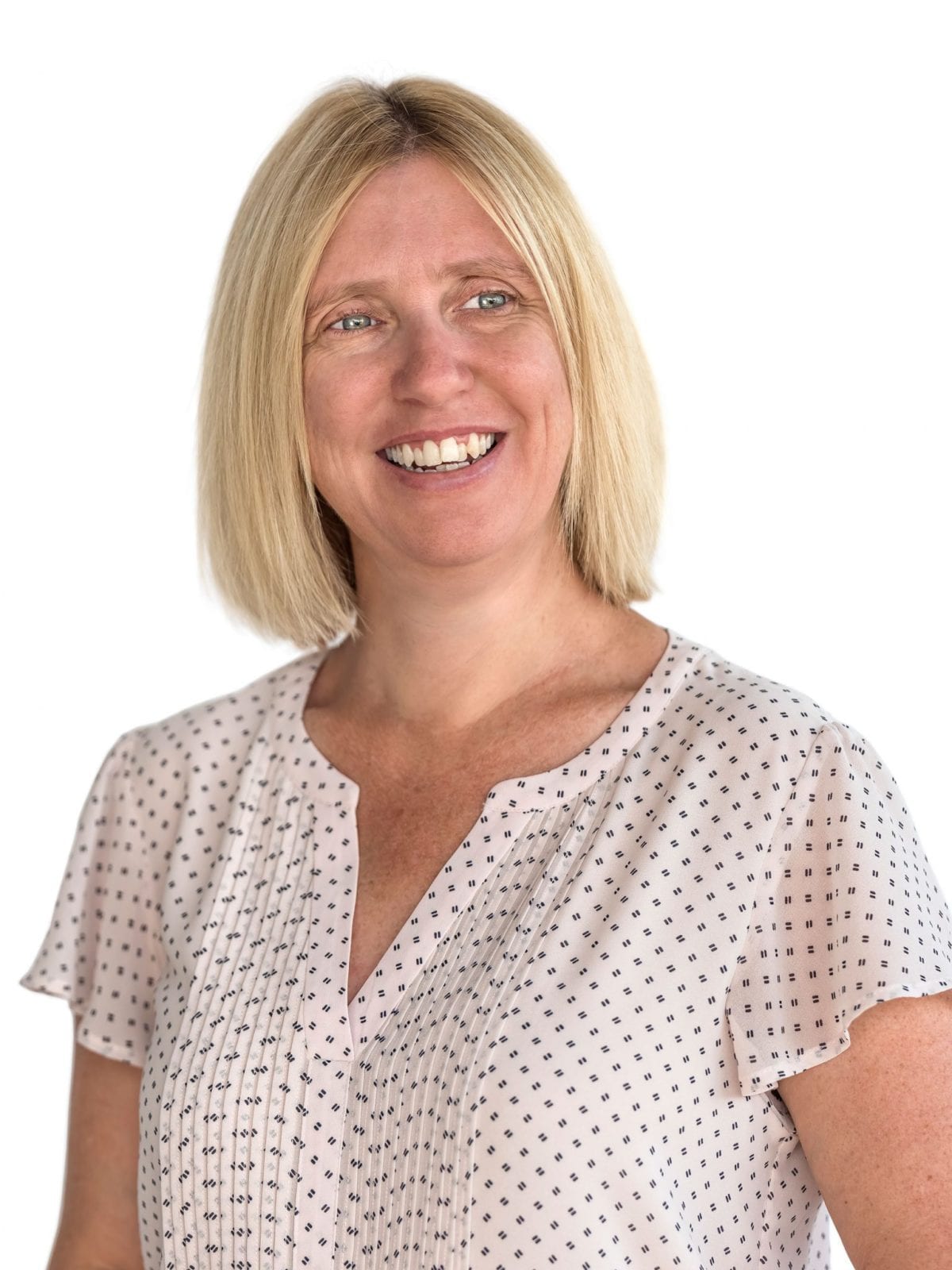
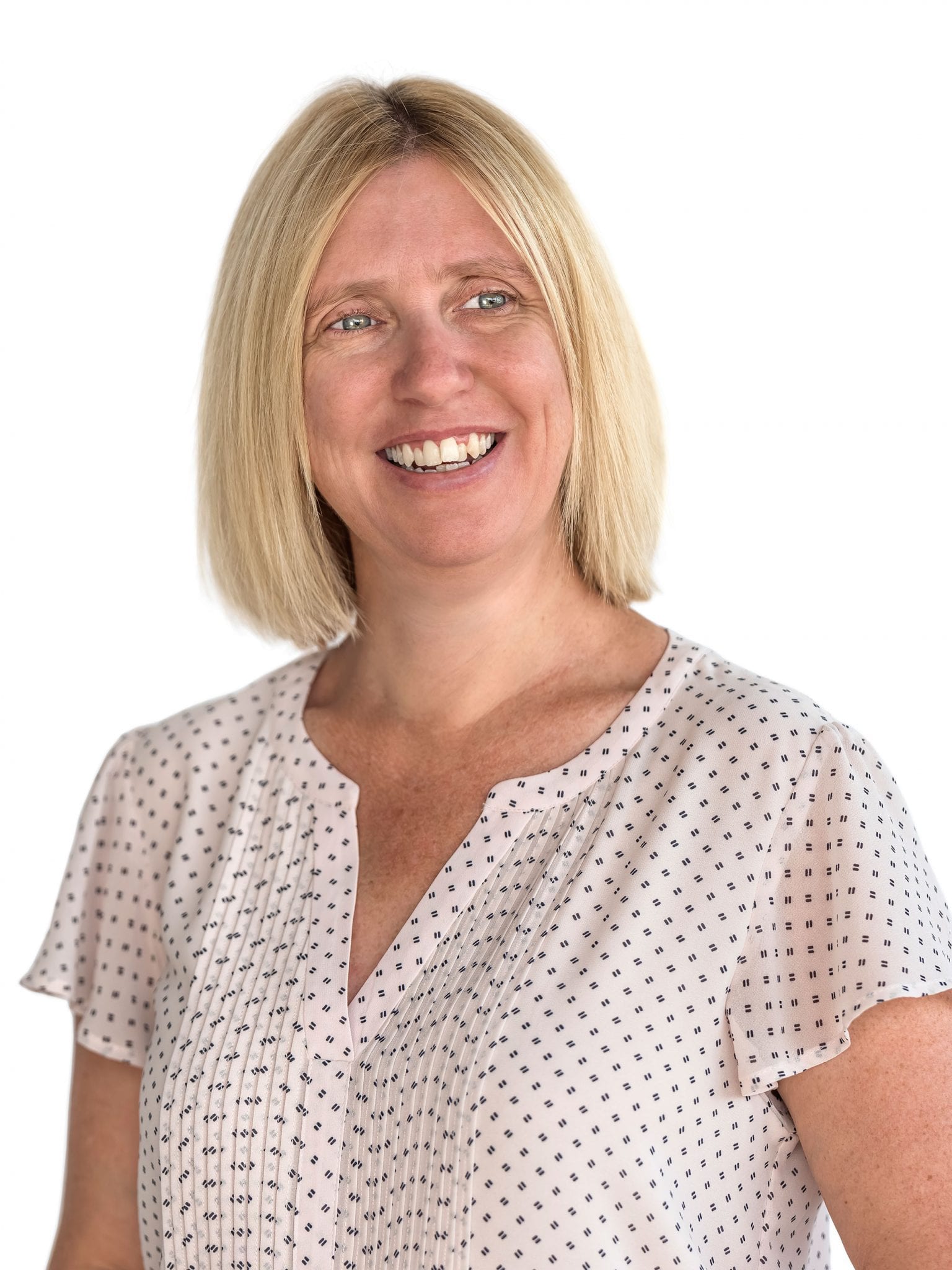
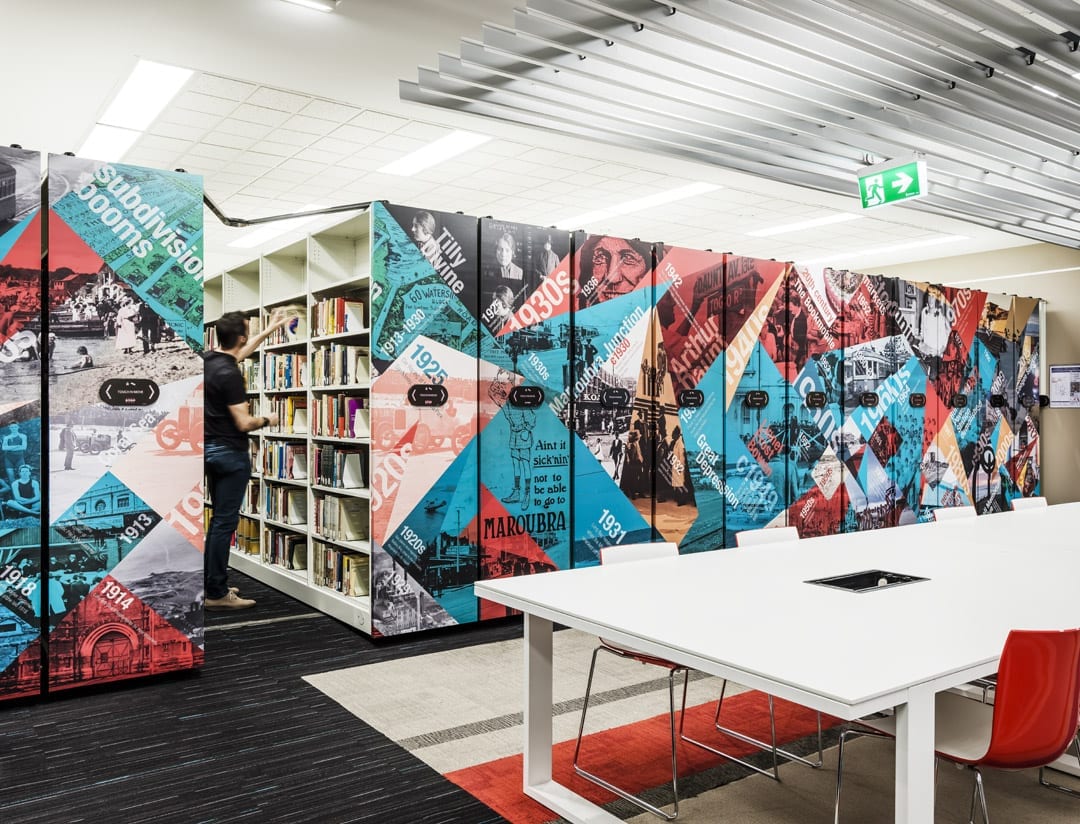

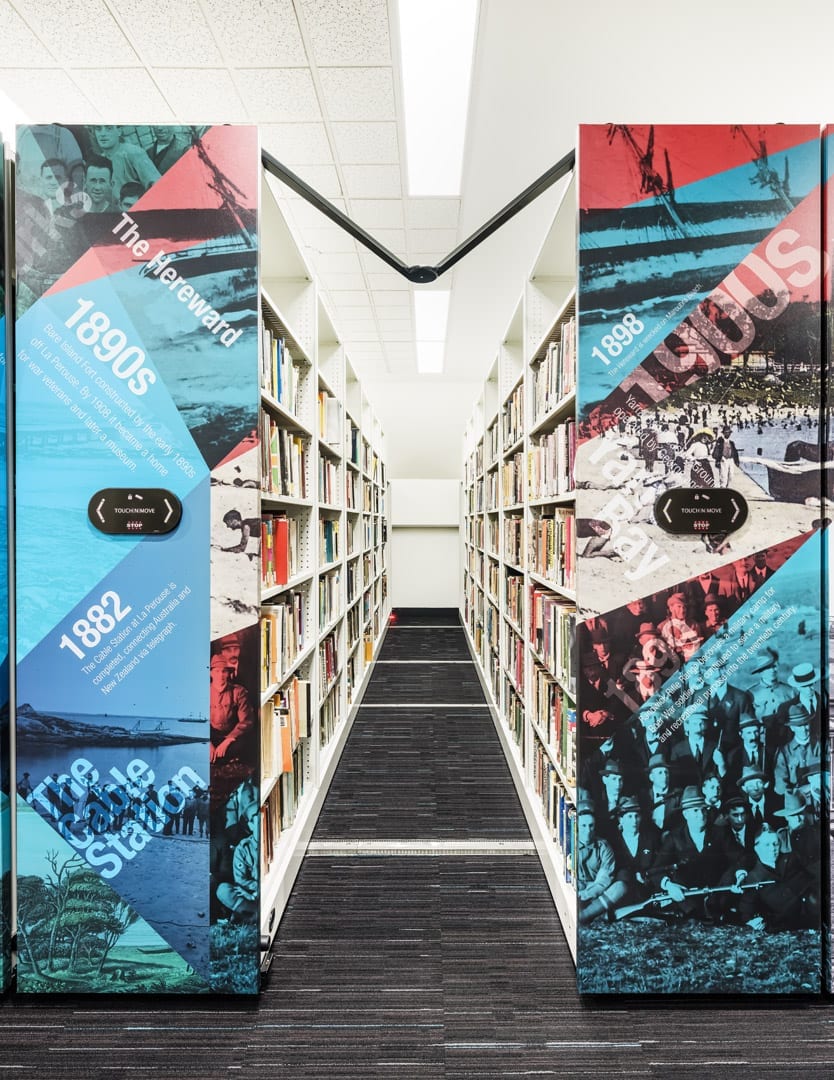
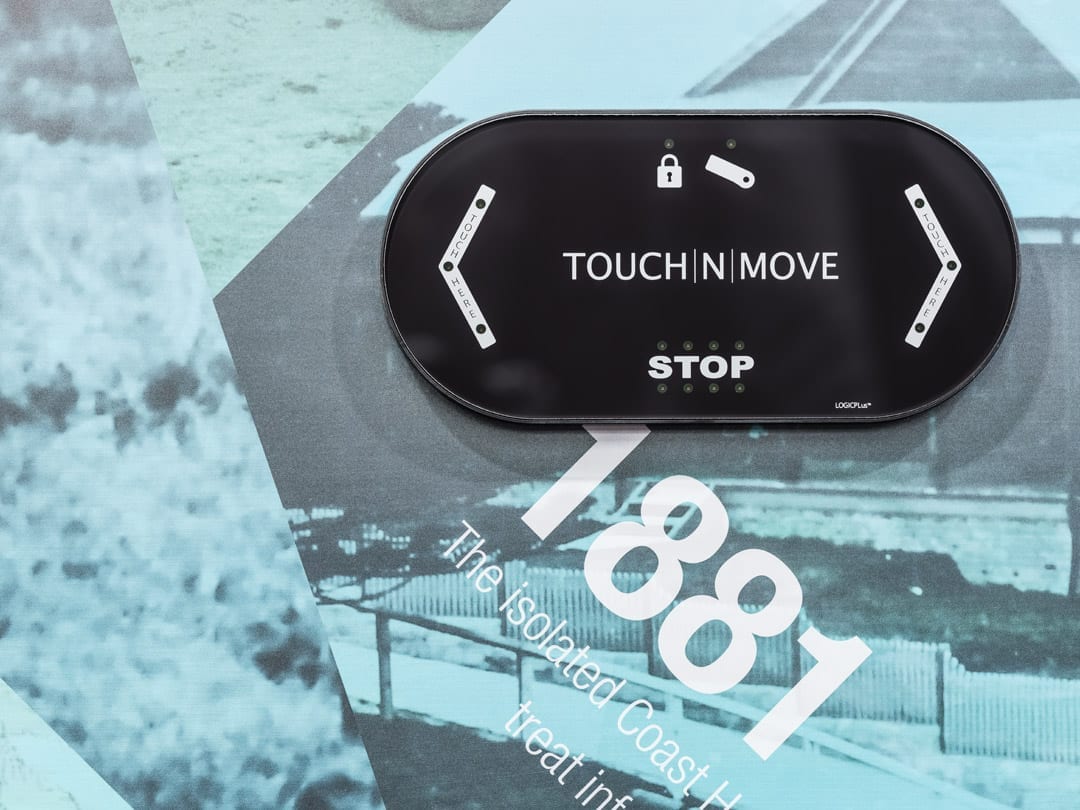
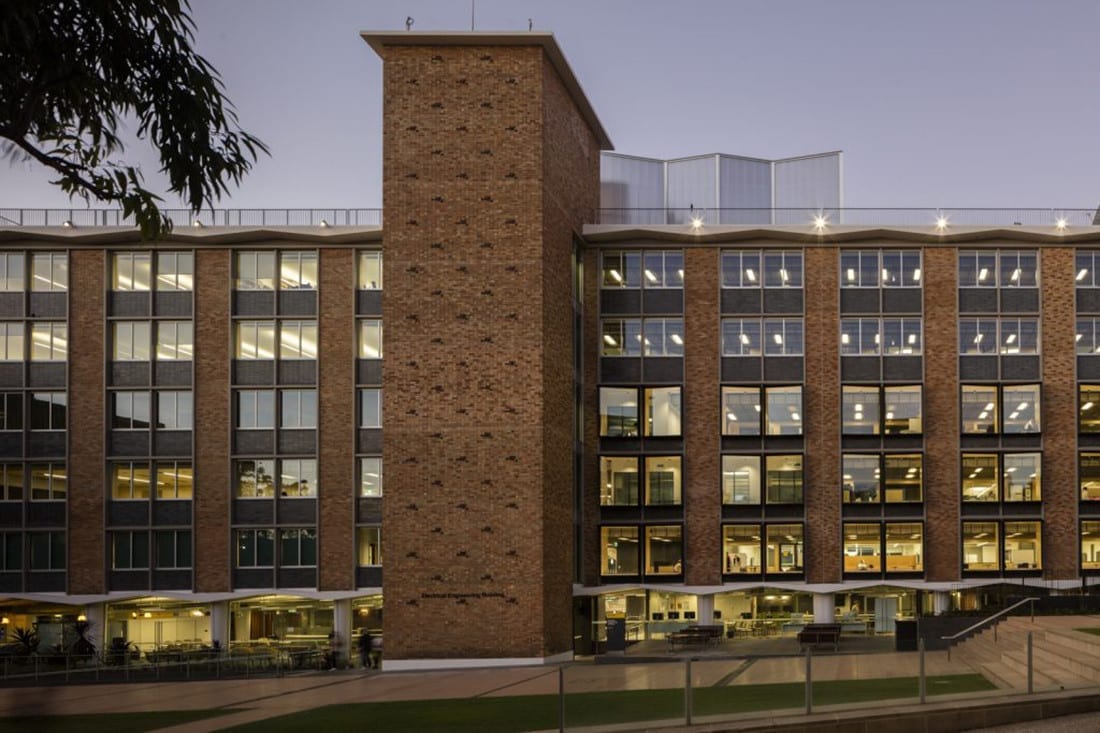
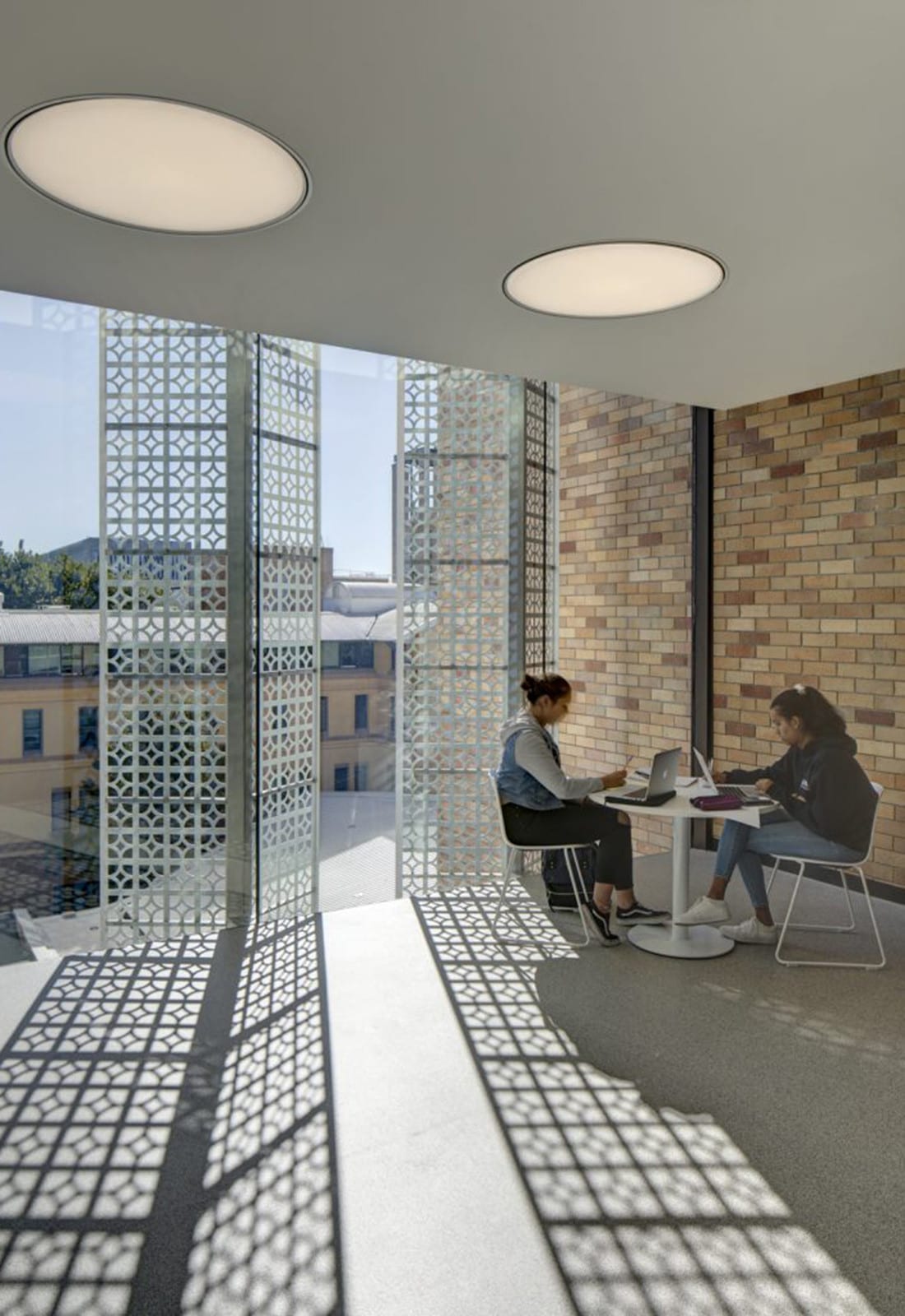

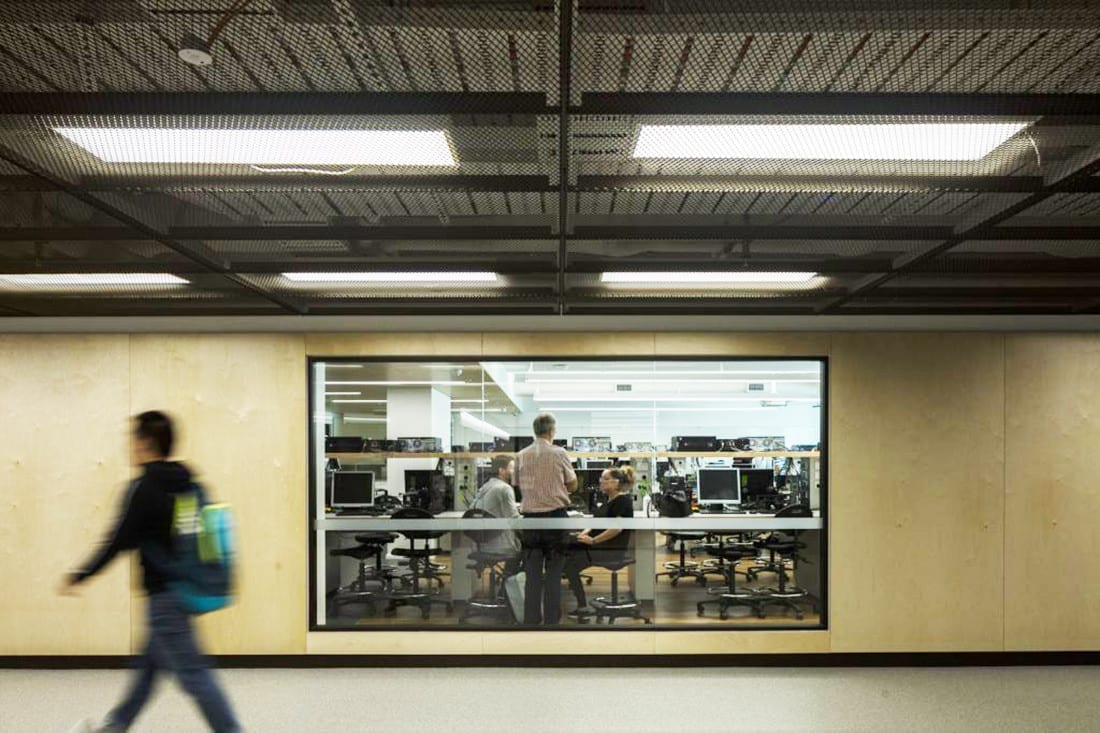

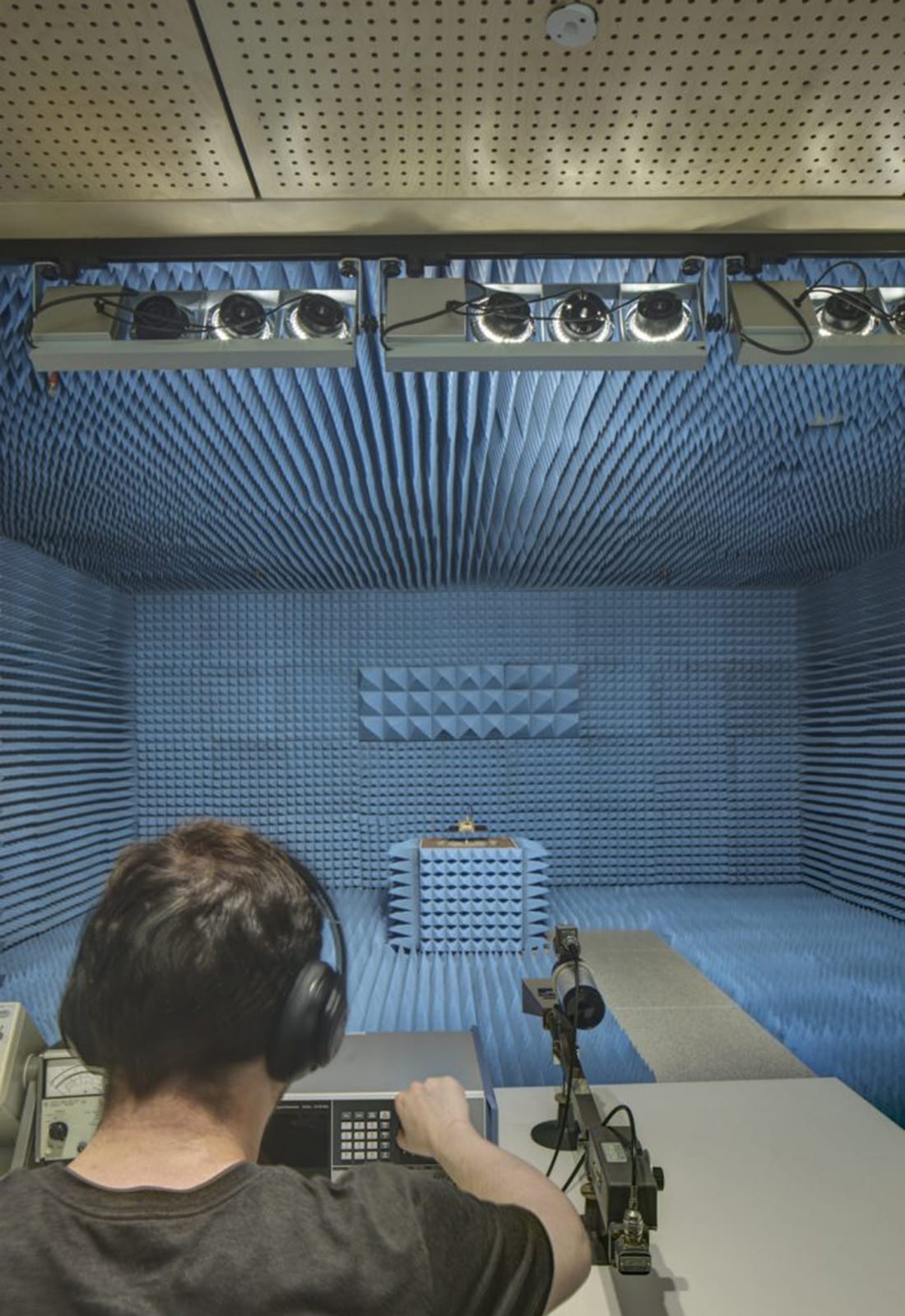
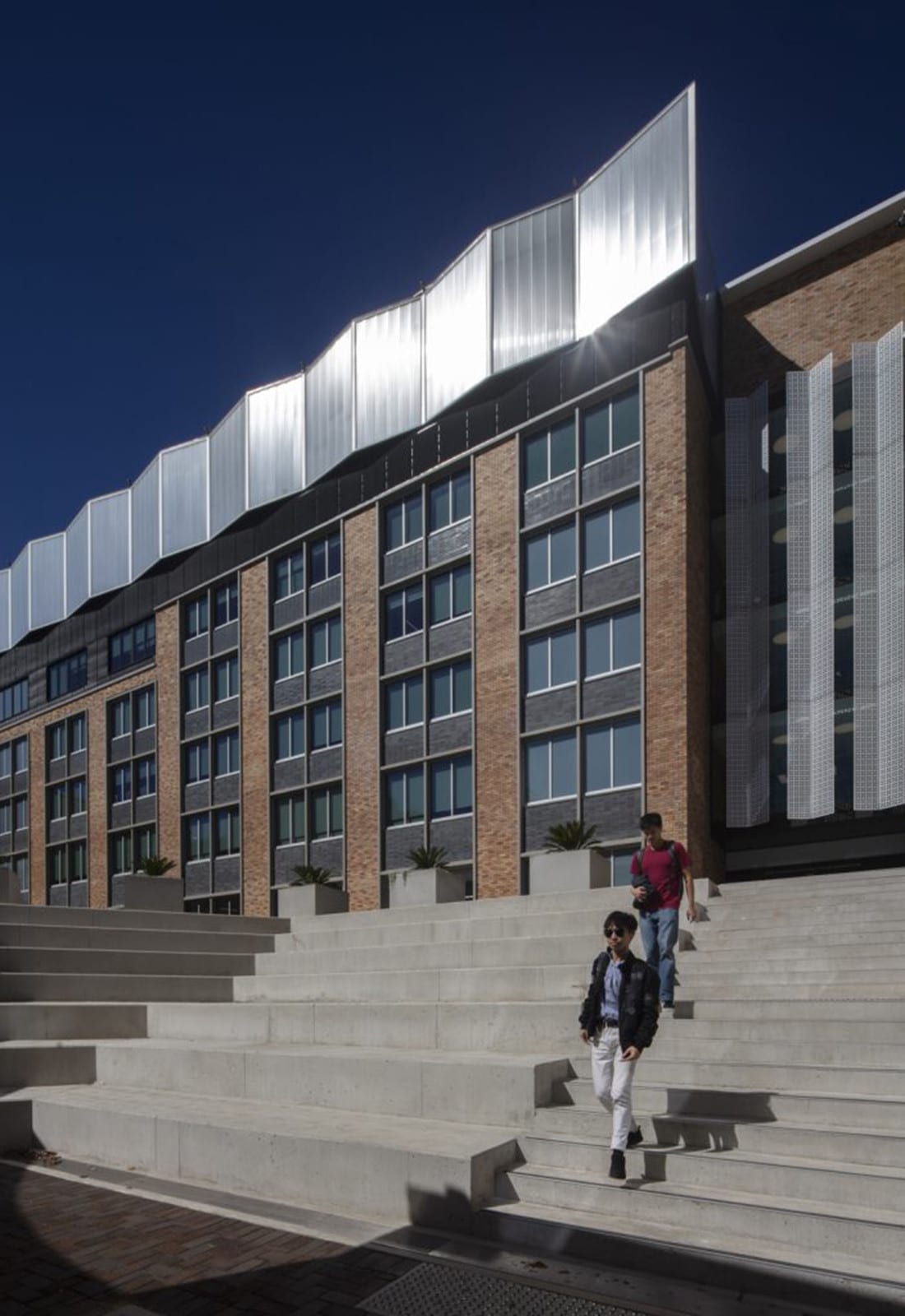

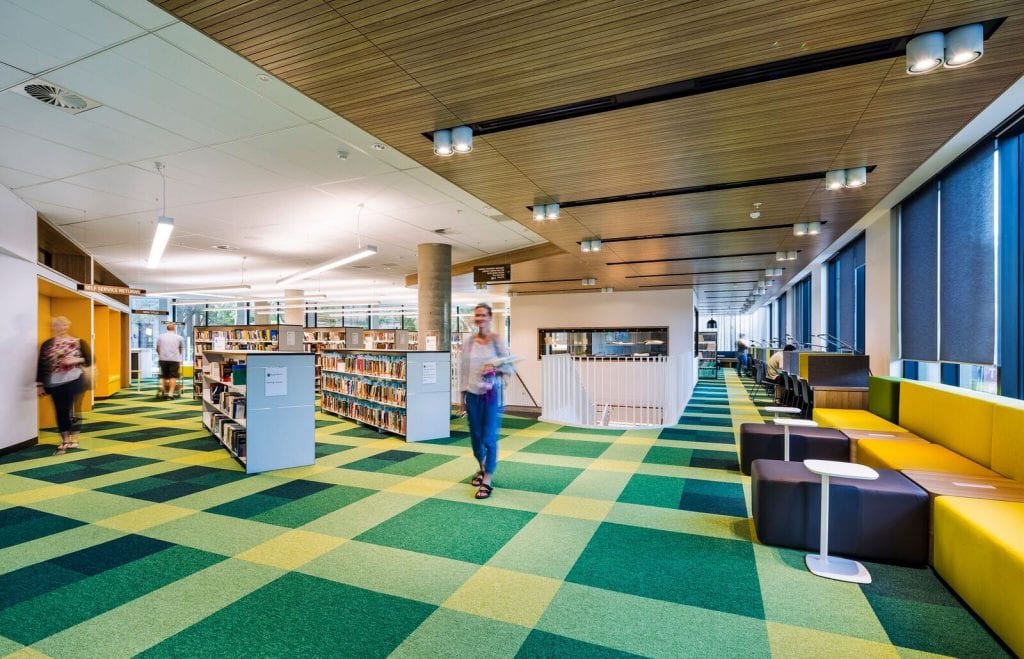
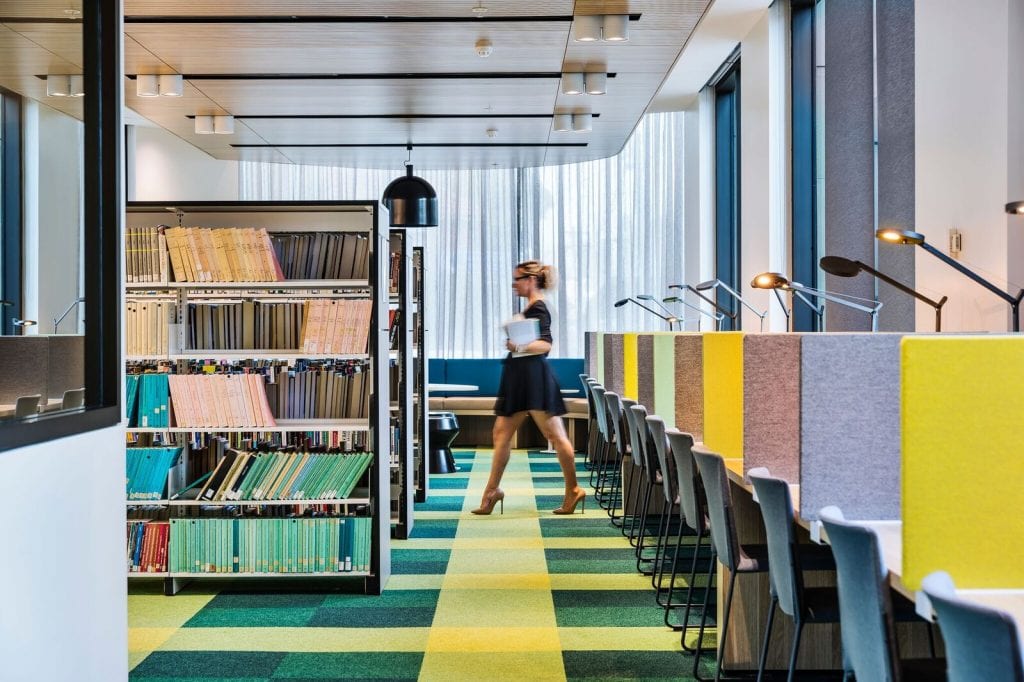
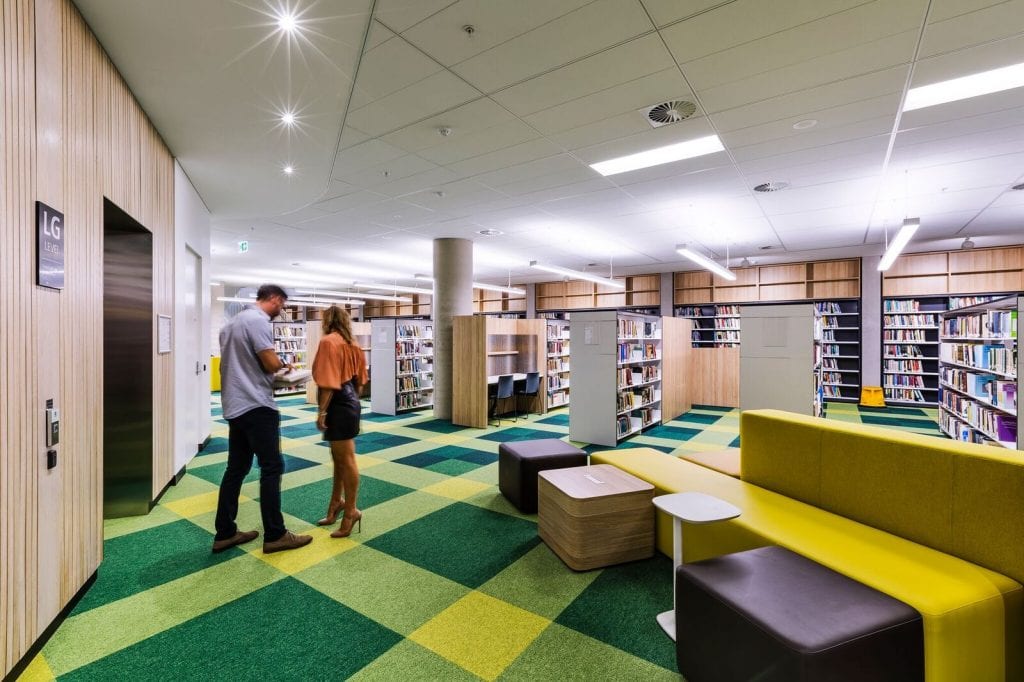
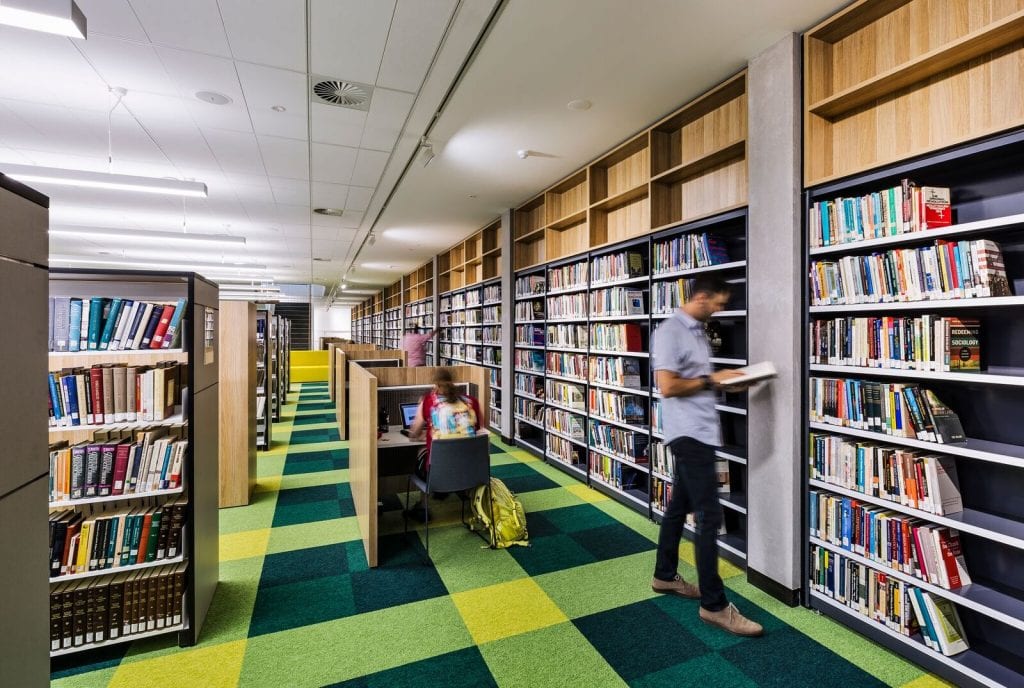
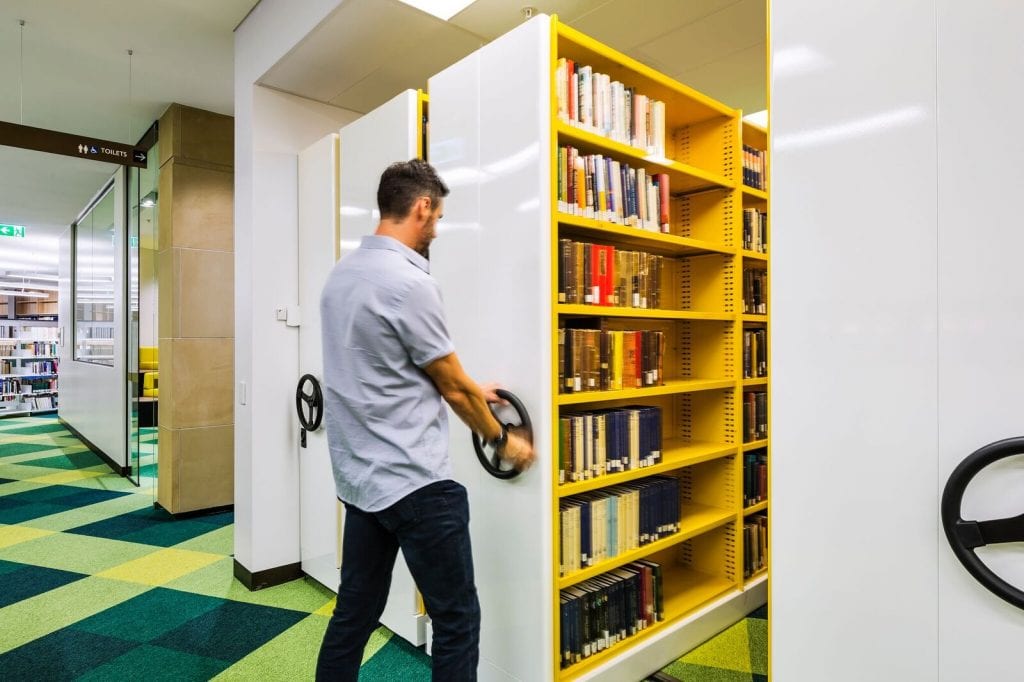
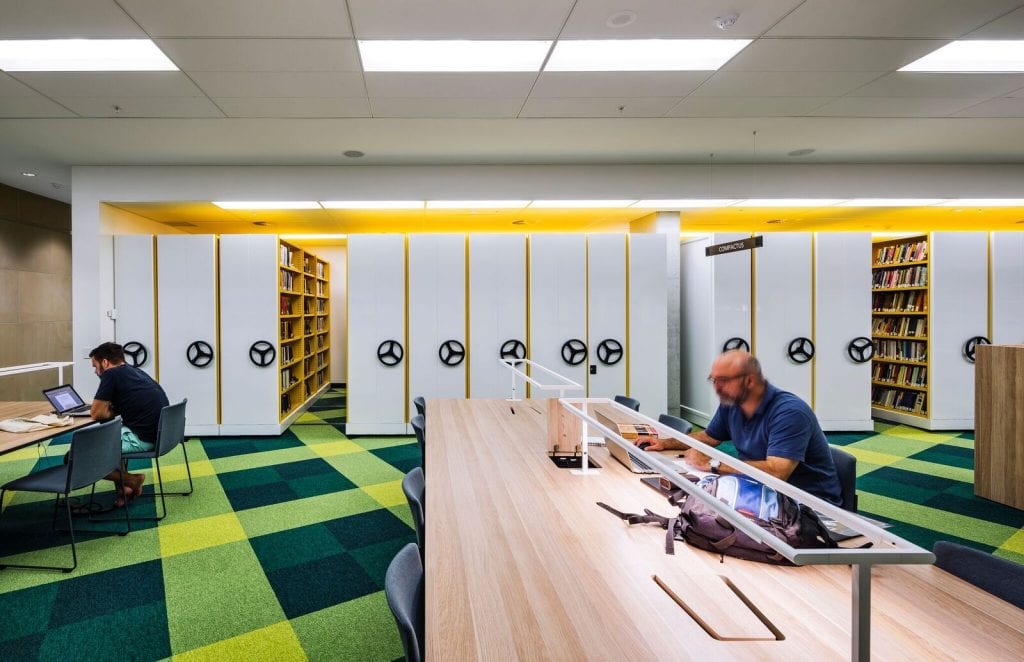








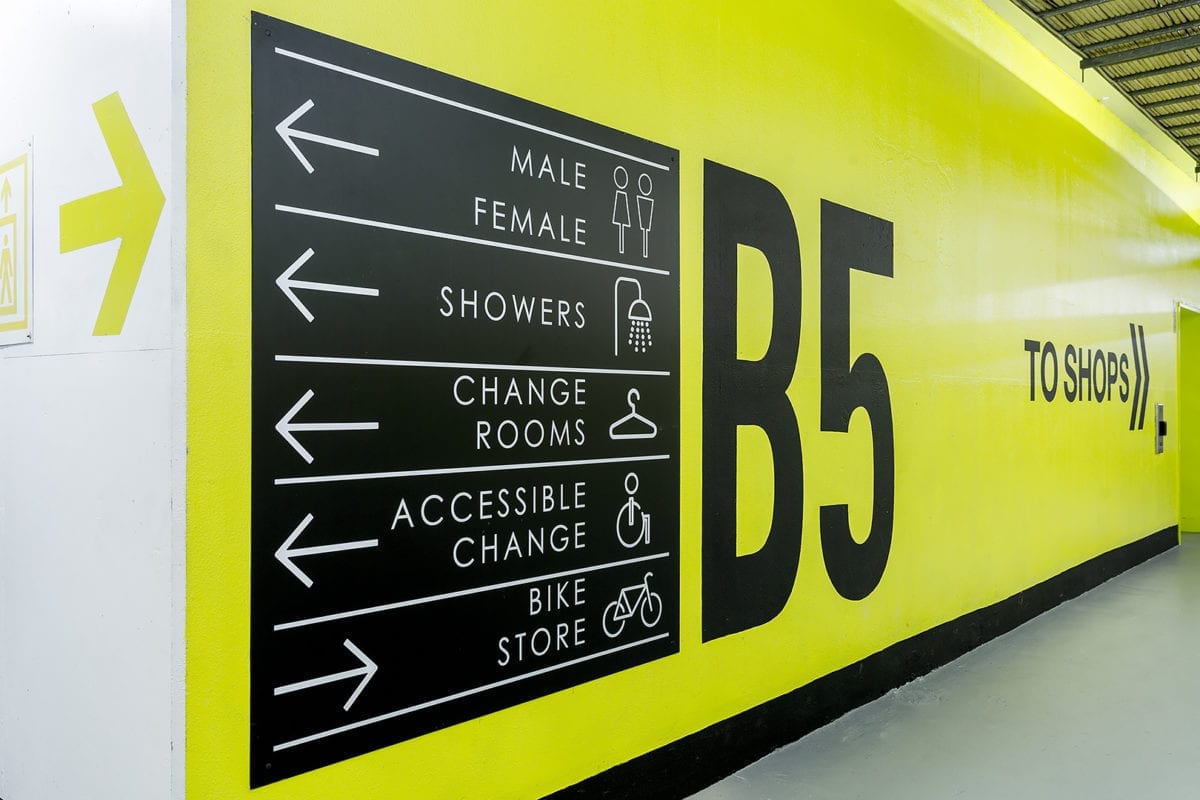








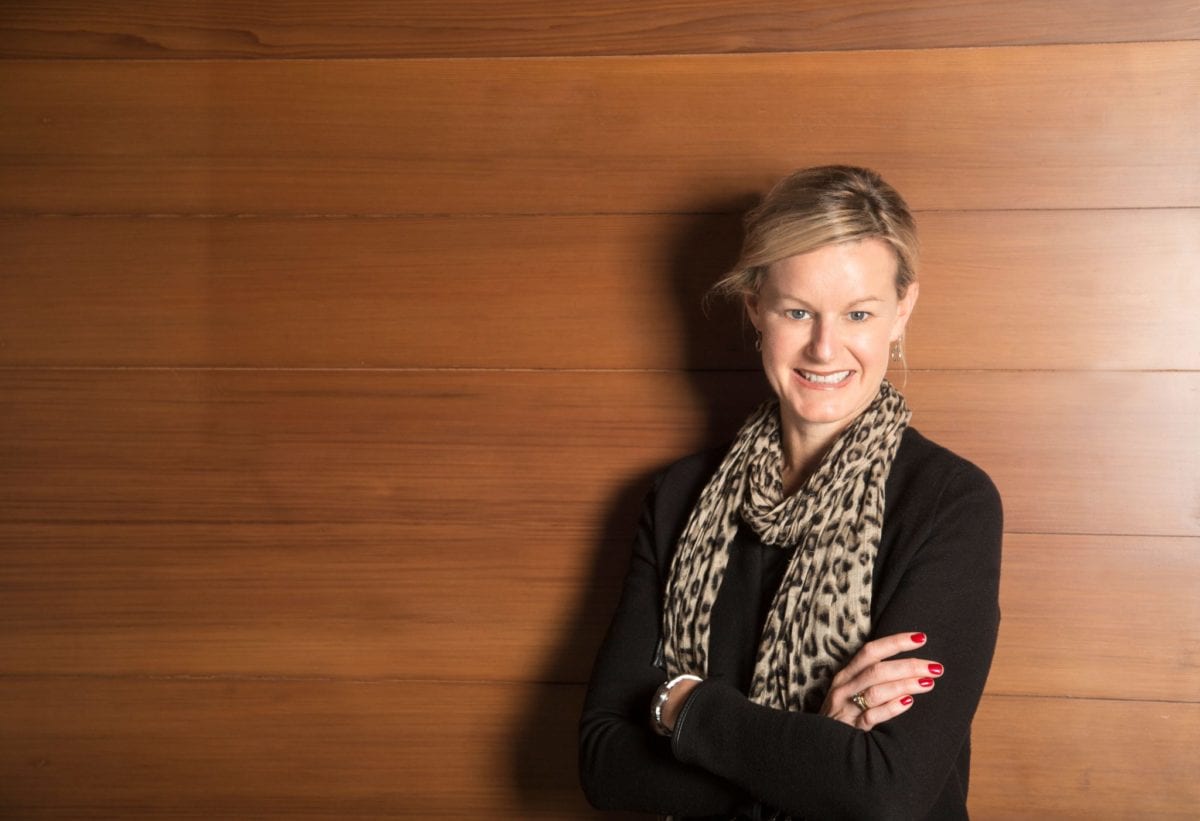
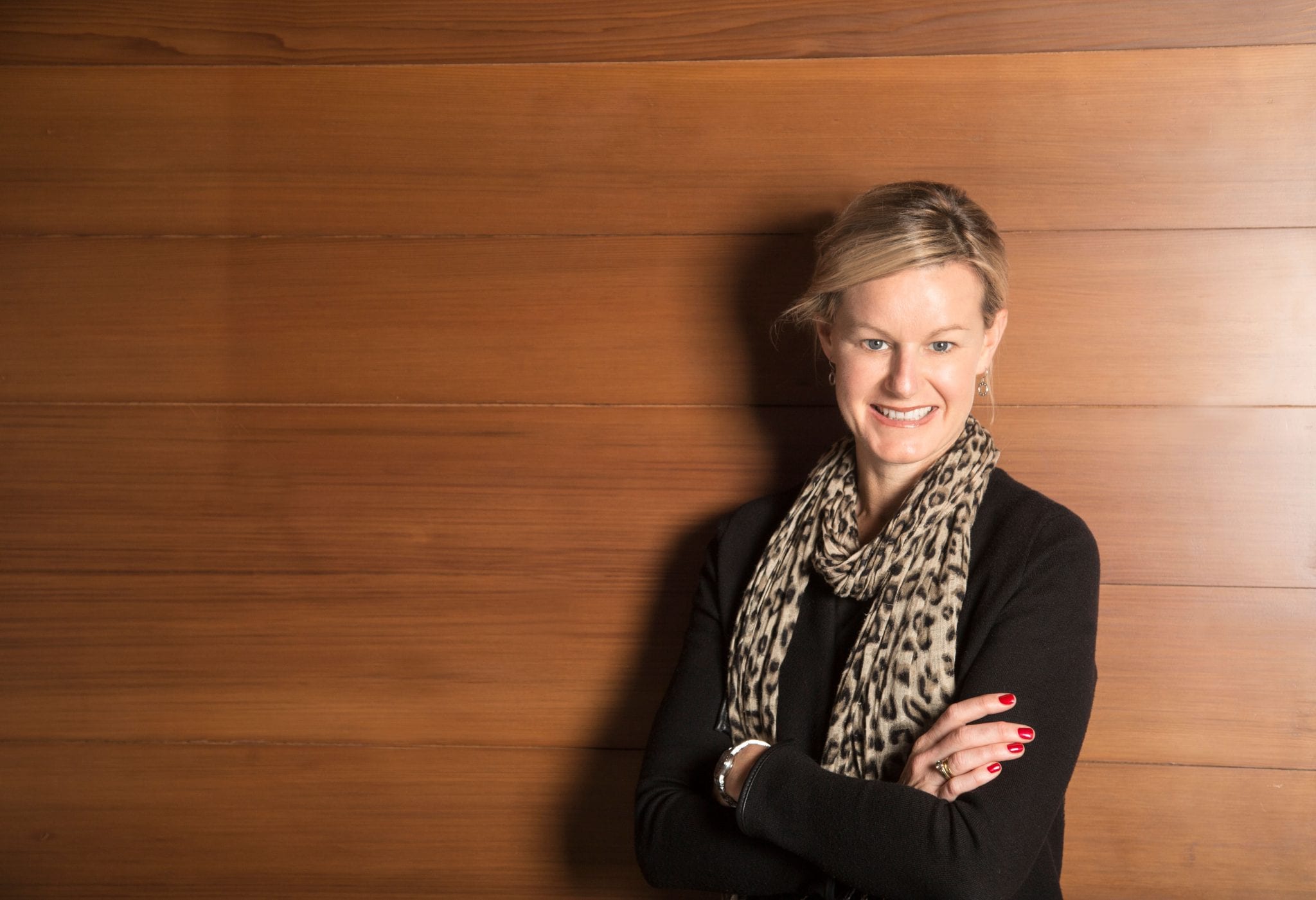
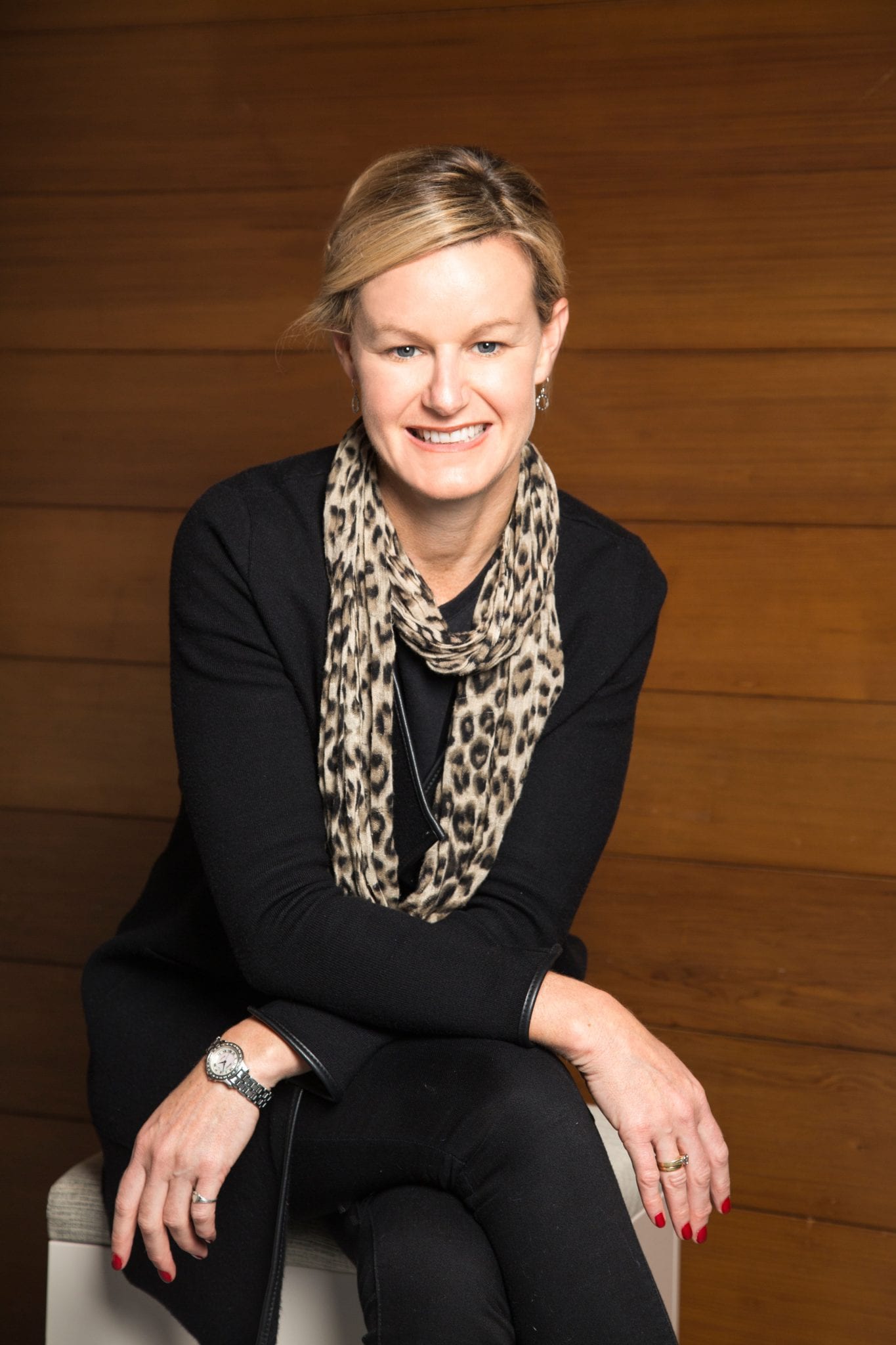
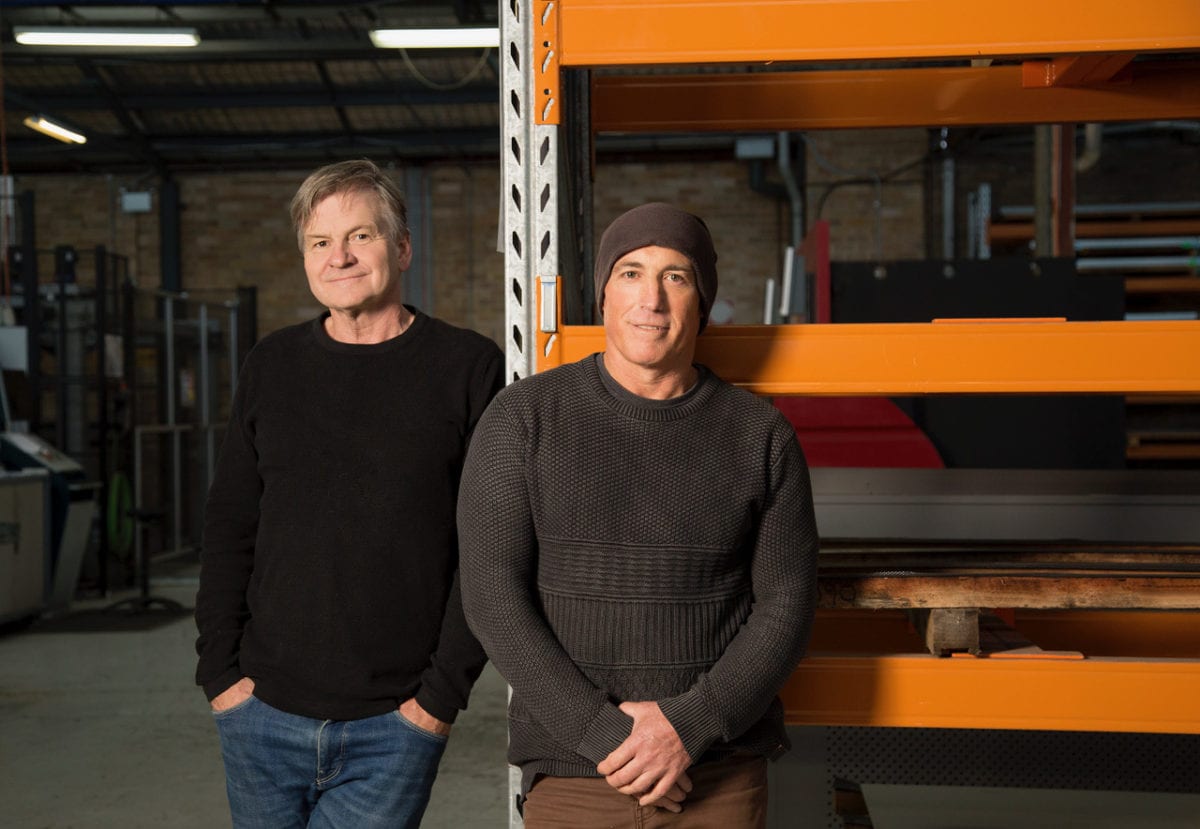
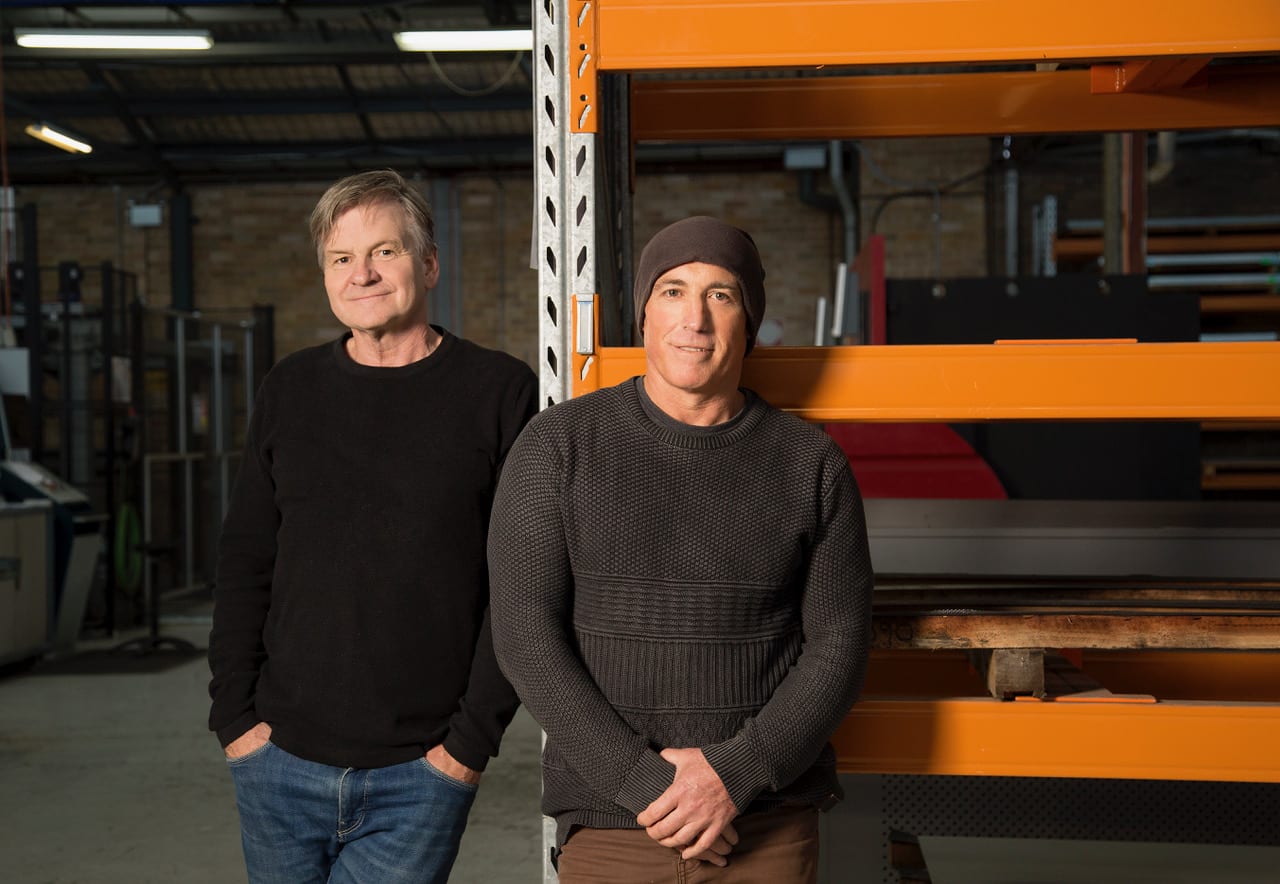
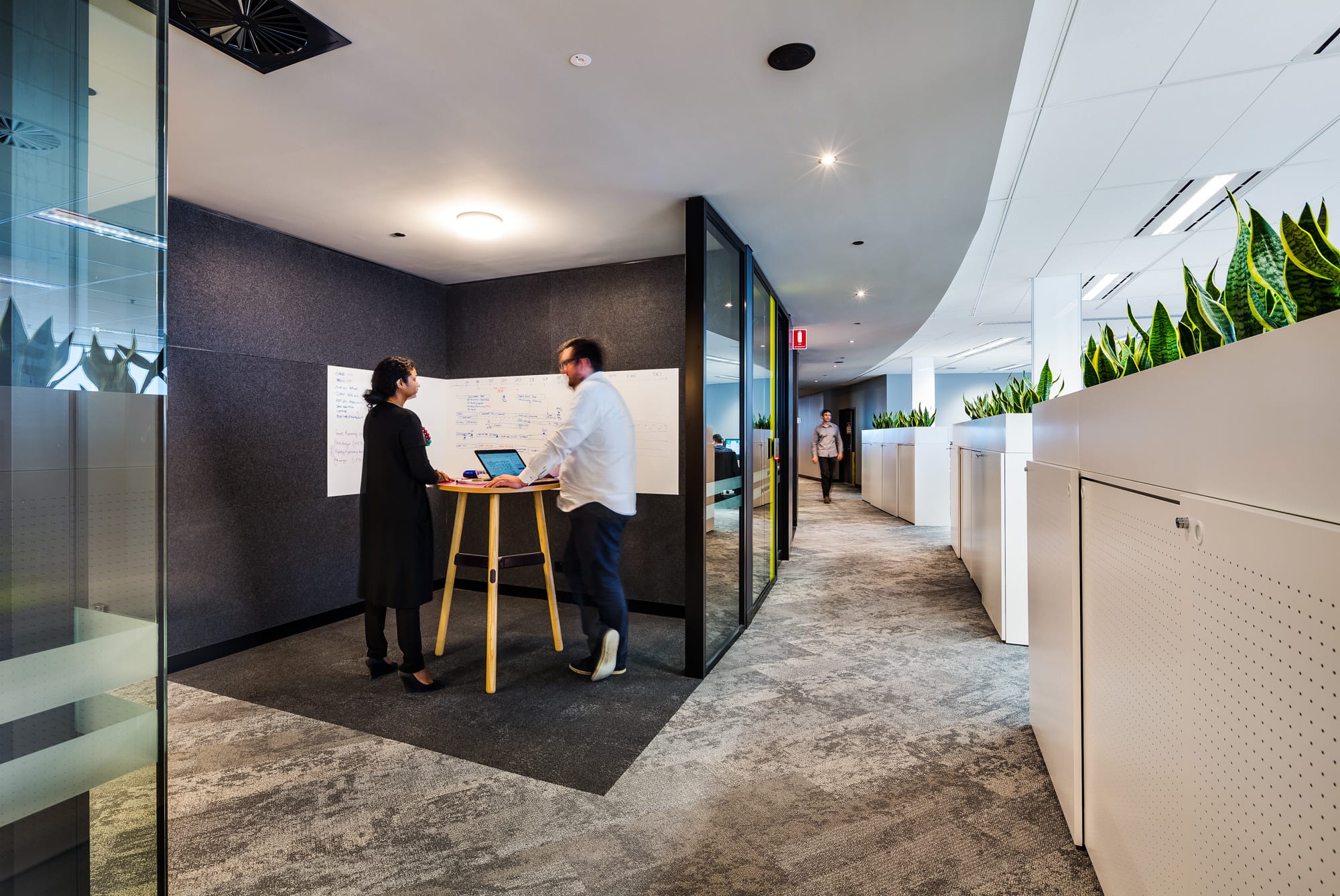 Team storage and planter boxes[/caption]
Team storage and planter boxes[/caption]